Chemistry and Chemists № 2 2024
Journal of Chemists-Enthusiasts
| Content | Chemistry experiments - video | Physics experiments - video | Home Page - Chemistry and Chemists |
|
Chemistry and Chemists № 2 2024 Journal of Chemists-Enthusiasts |
Plants as acid-base indicators - part 12, 13 Volodymyr M. Viter |
|
Having noticed a mistake in the text, allocate it and press Ctrl-Enter
Brown plant leaves (Sakura) and ammonia - part 12
I have long noticed that in the spring, young leaves and stems of some plants often look not green, but brown, dark red, pink, etc. As they grow, these parts of the plants gradually become green (now their colour is determined by chlorophyll). I do not mean ornamental plants with colourful leaves, but ordinary, familiar trees, bushes, and herbs. For example, the photos show a walnut tree during flowering (early May) and Prunus armeniaca (the most commonly cultivated apricot species):
Коричневые листья растений (сакура) и аммиак - часть 12 
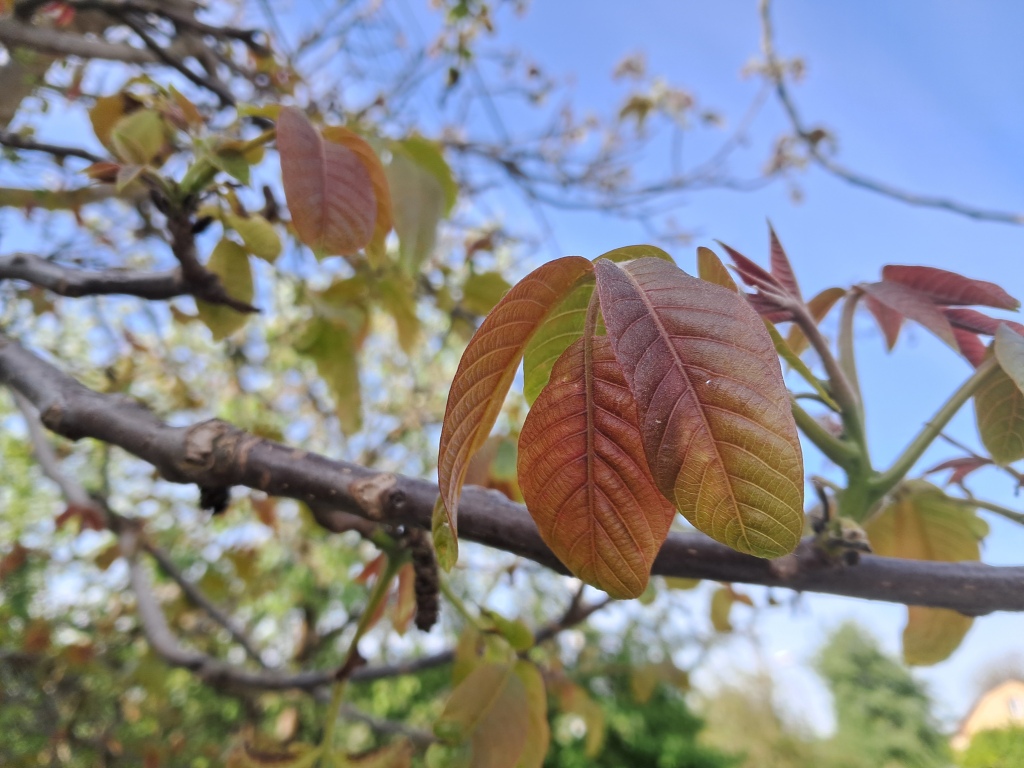
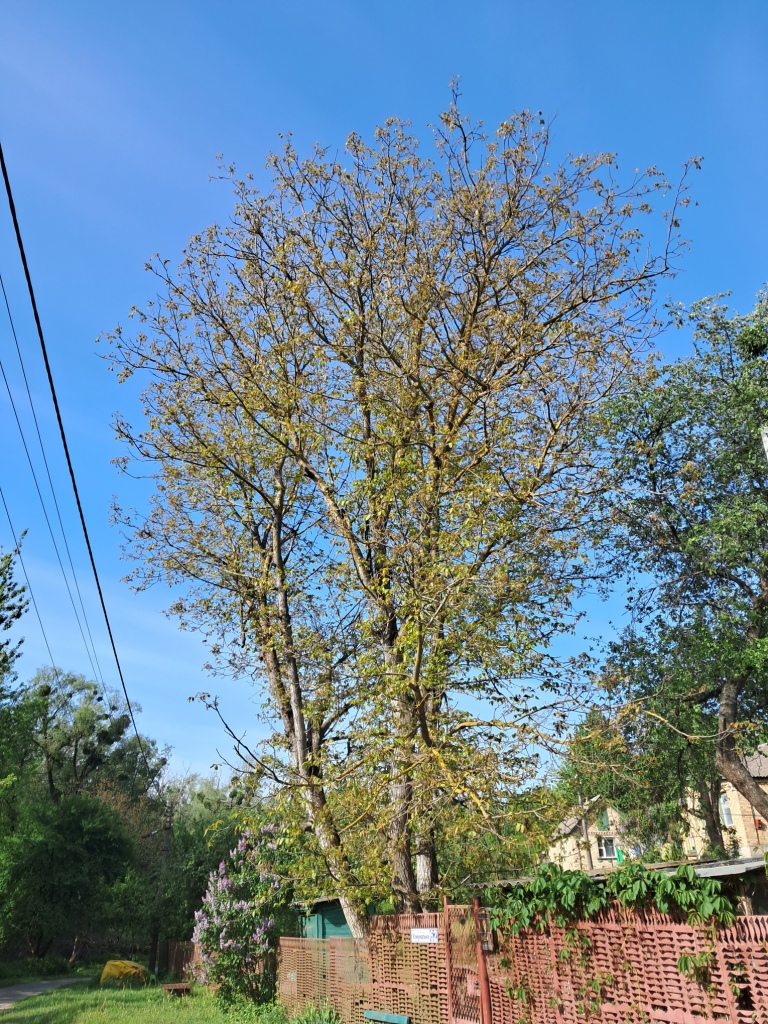
Juglans regia (the Persian walnut) 
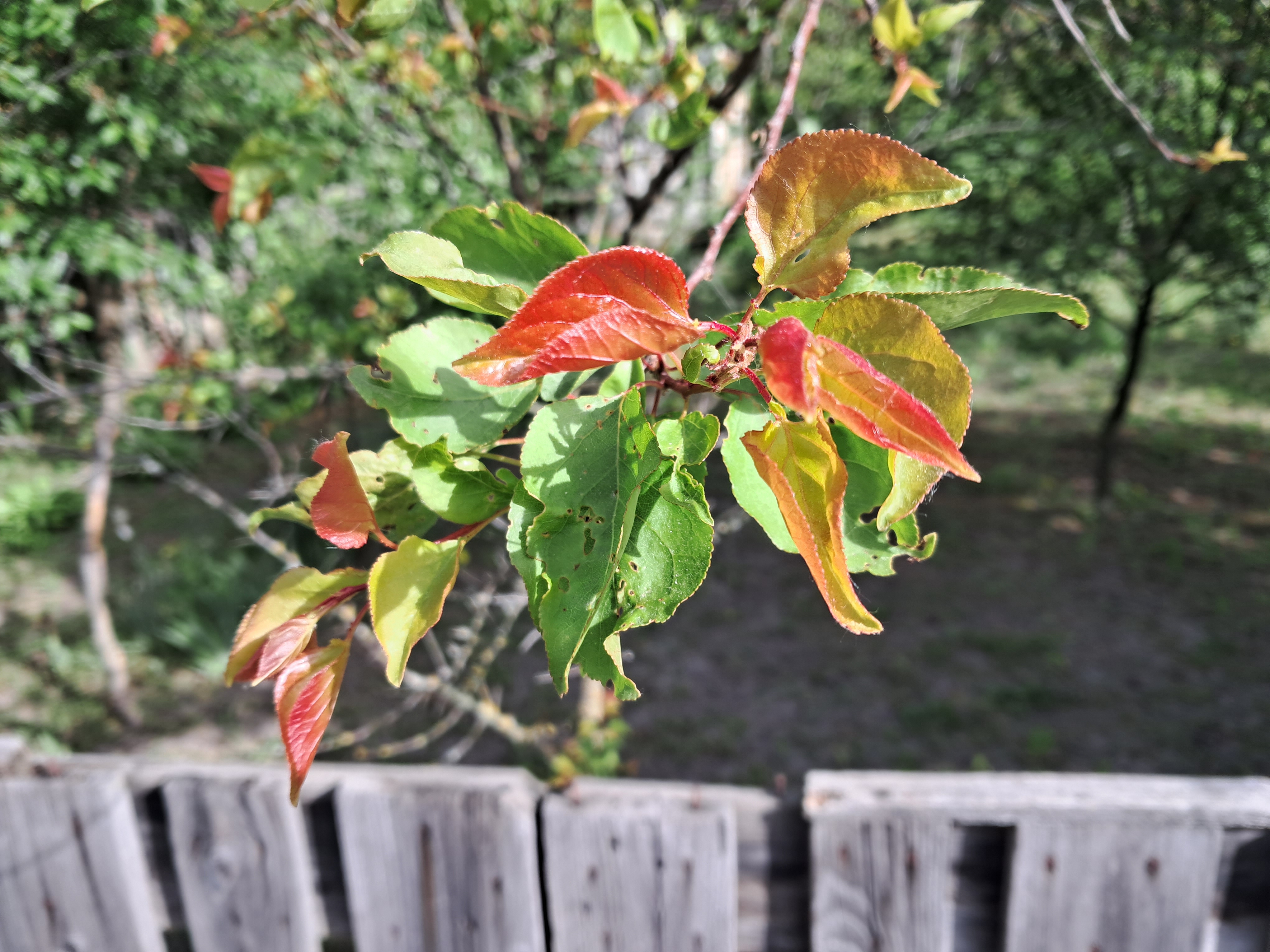
Prunus armeniaca 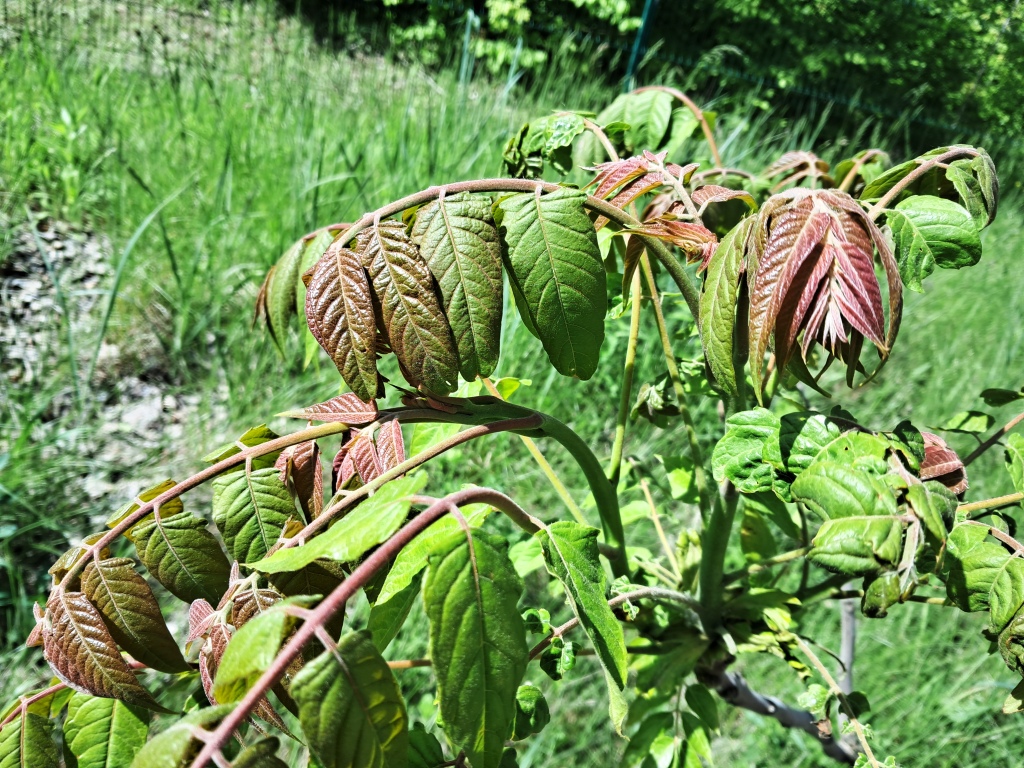
Even as a child, I had placed these brown leaves and stems in solutions of accessible acids and bases to observe the colour change at different pH. Unfortunately, it was a very long time ago, and I do not remember the results of the experiments. There are no records left either. Therefore, I decided to repeat the experiments with the spring leaves. It may not be as interesting as thermite combustion, uranium isotope separation, Liesegang rings or a Belousov-Zhabotinsky reaction (BZ reaction), however, this experiment does not require special equipment or hard-to-find chemicals. Even a child can experiment with flowers and leaves in the kitchen without risking their health (and the health of surrounding people). When I was experimenting with Sakura flowers and pink apple tree flowers, I noticed that the young leaves and stems of Sakura are not green, but brown. The green colour was also present, but the brown pigment dominated. I picked two Sakura shoots with brown leaves, placed them in a glass, and added a concentrated ammonia solution. The leaves gradually turned dark green. Some brown colour remained, but I took the leaves out of the glass and washed them without waiting for the brown colour to completely disappear. Now, I planned to treat the green leaves with acetic acid, assuming they would turn brown again (return to their original appearance). However, the camera batteries suddenly ran out and it was impossible to continue shooting the video. I set the batteries to charge, the process takes about an hour. As a result, the green Sukura leaves were left unattended in the open air. Soon, I discovered that the green leaves turned dark brown after about 20 minutes. The experiment with acetic acid was not necessary anymore. Moreover, the appearance of the leaves was not similar to the original one; they looked much darker. I think the cause of the colour change from green to brown is the oxidation processes of organic substances in an alkaline solution. |
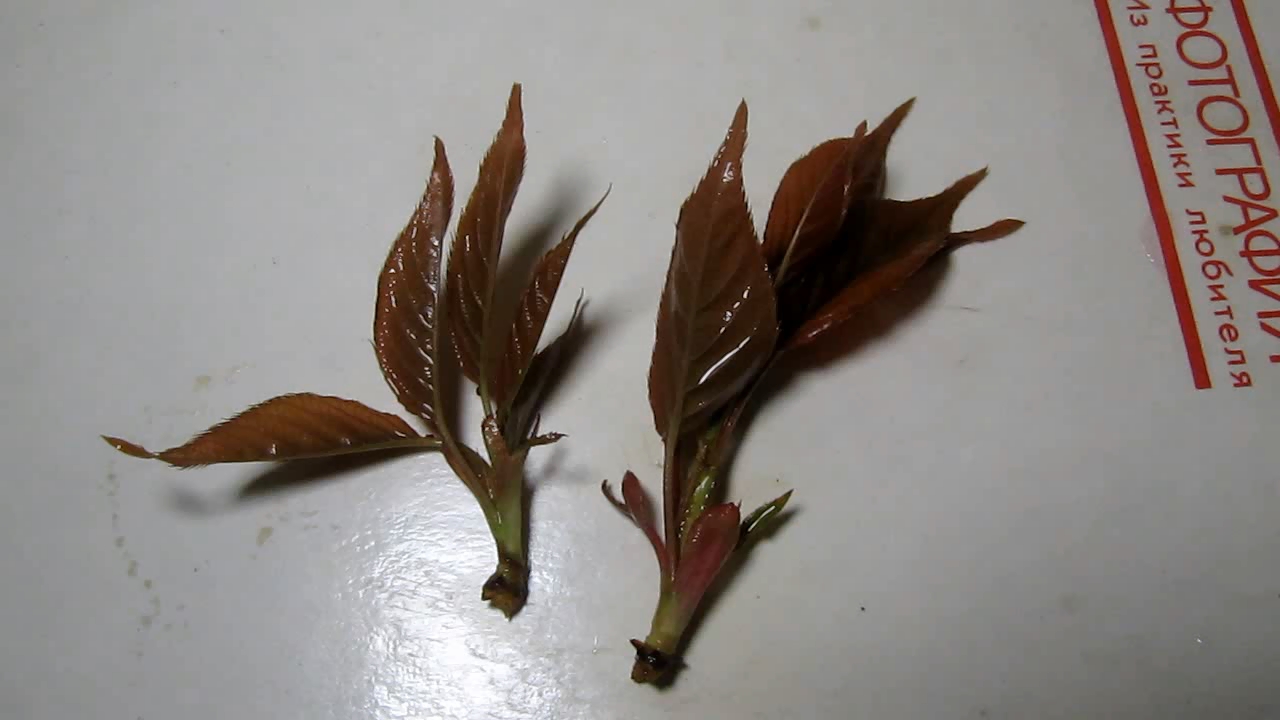
Brown plant leaves (Sakura) and ammonia |

|
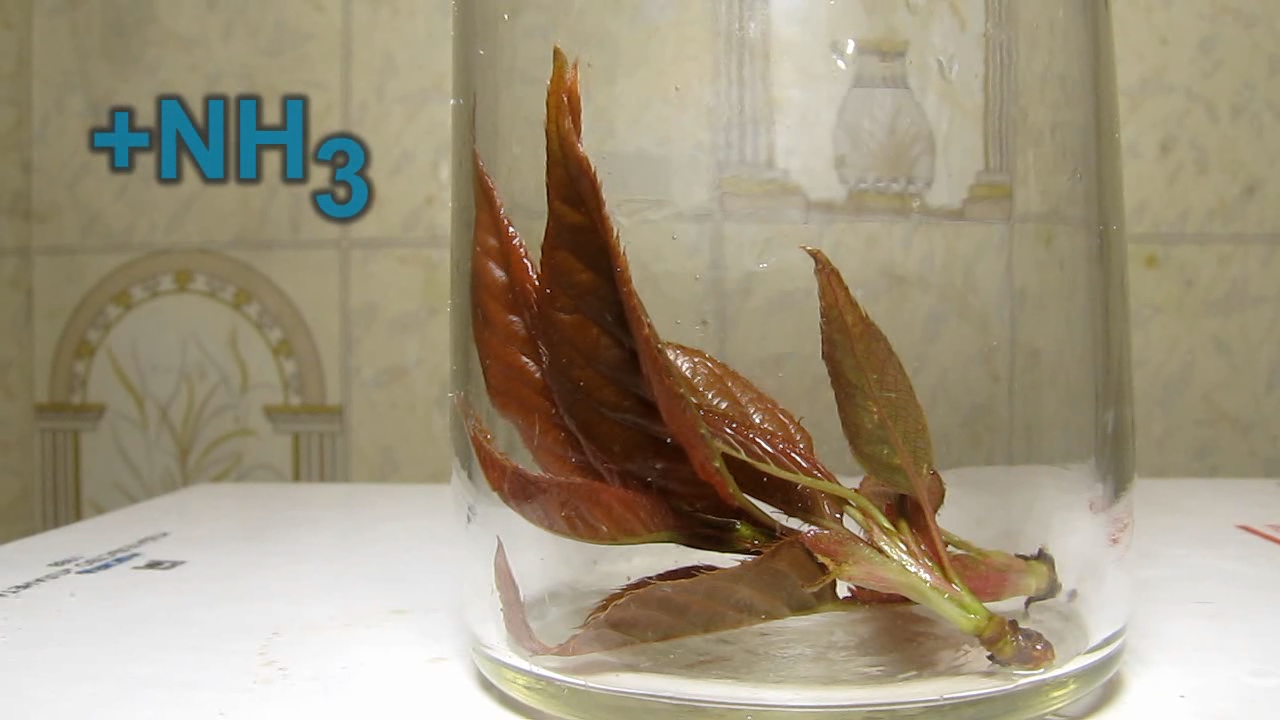
|
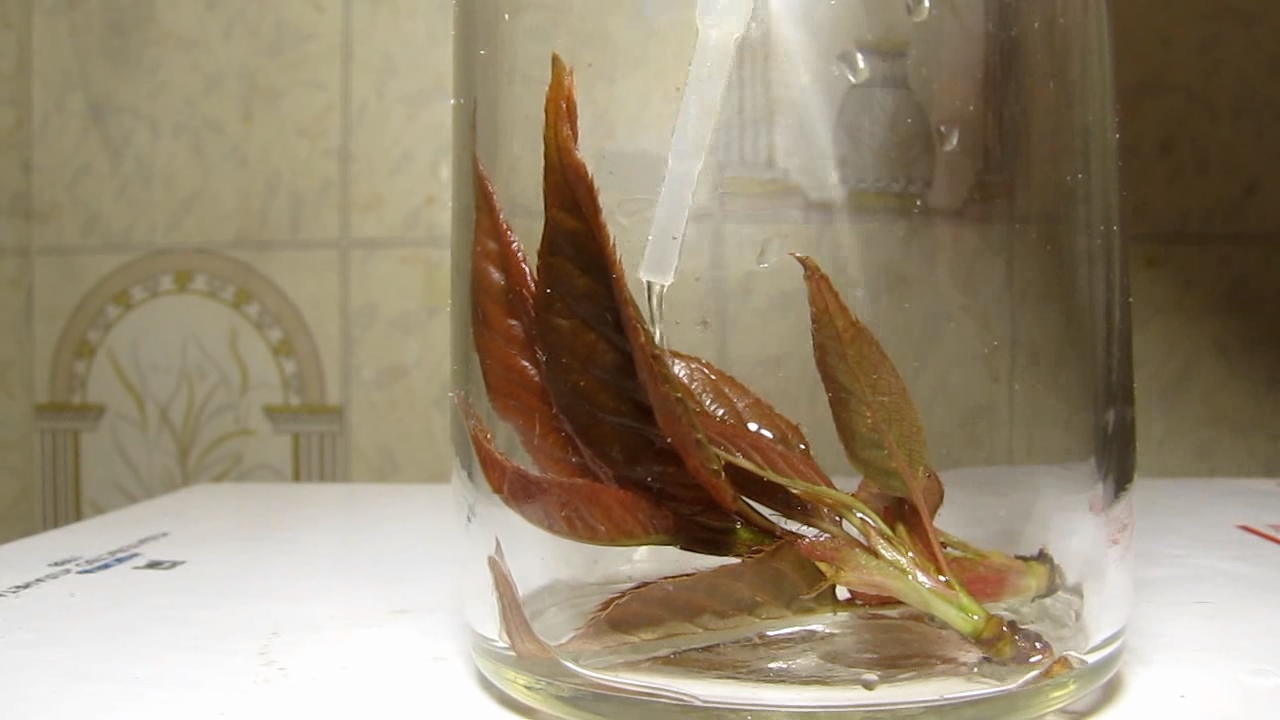
|
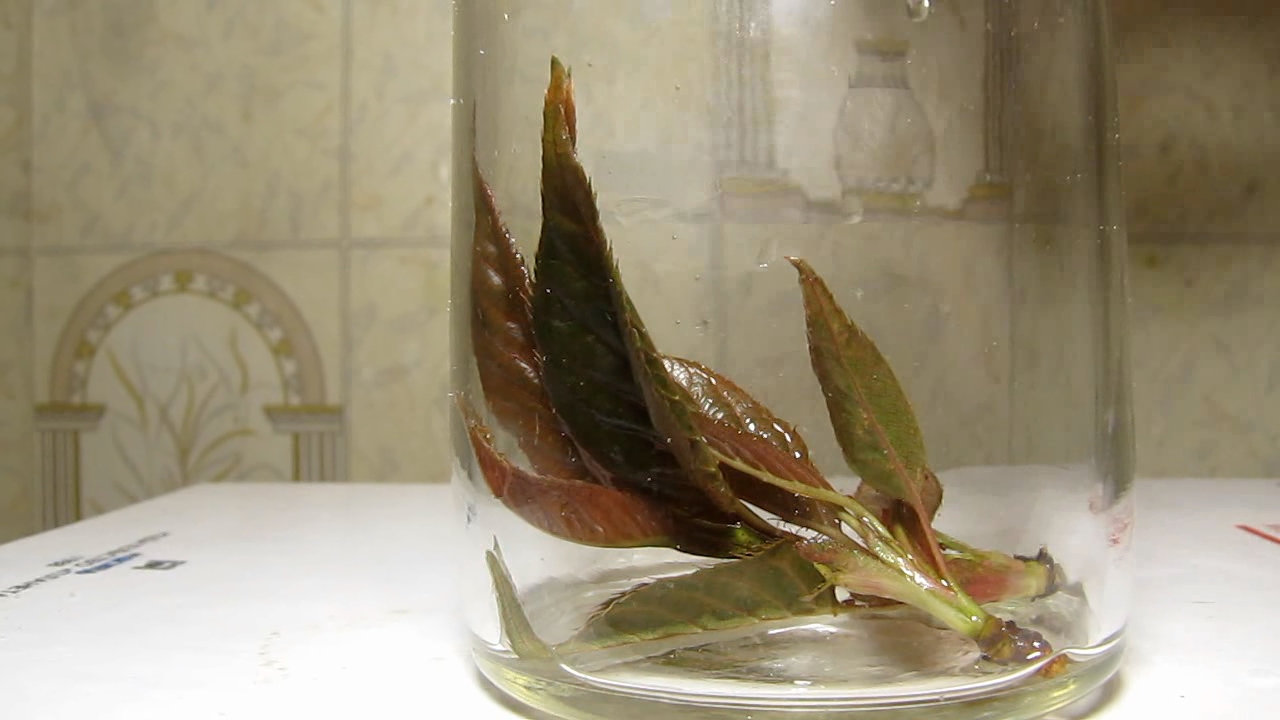
|

|
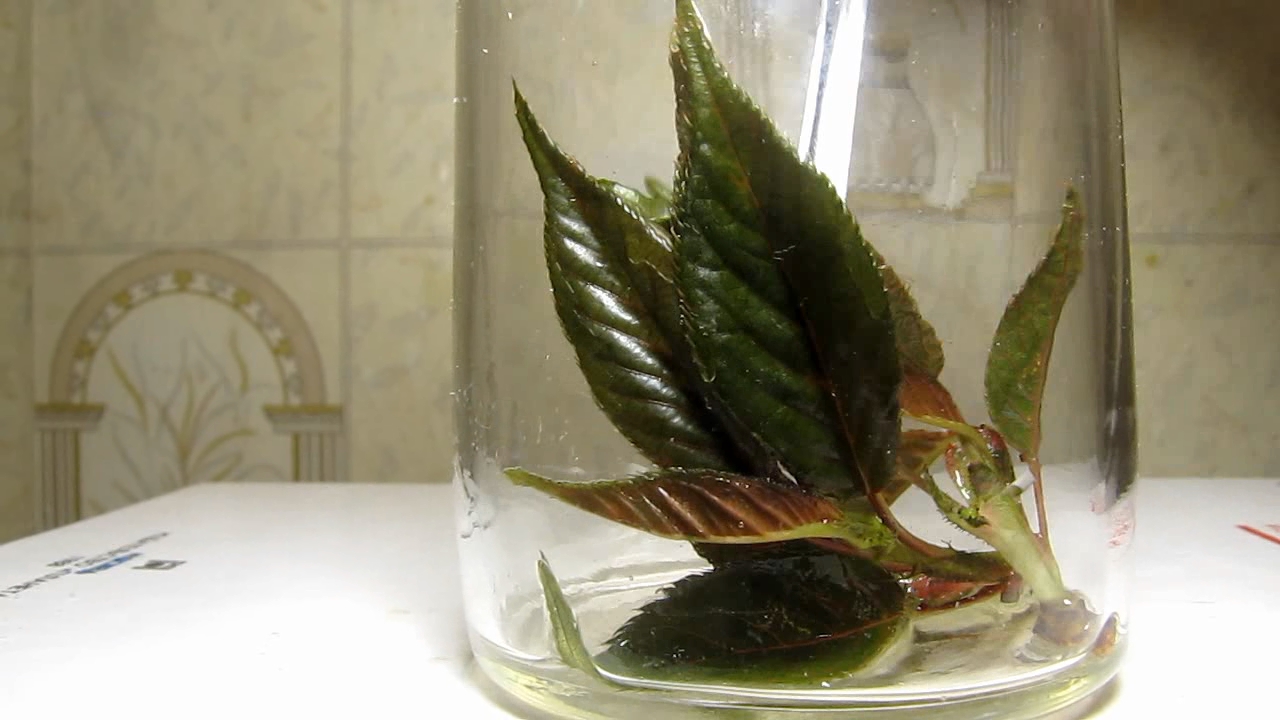
|

|
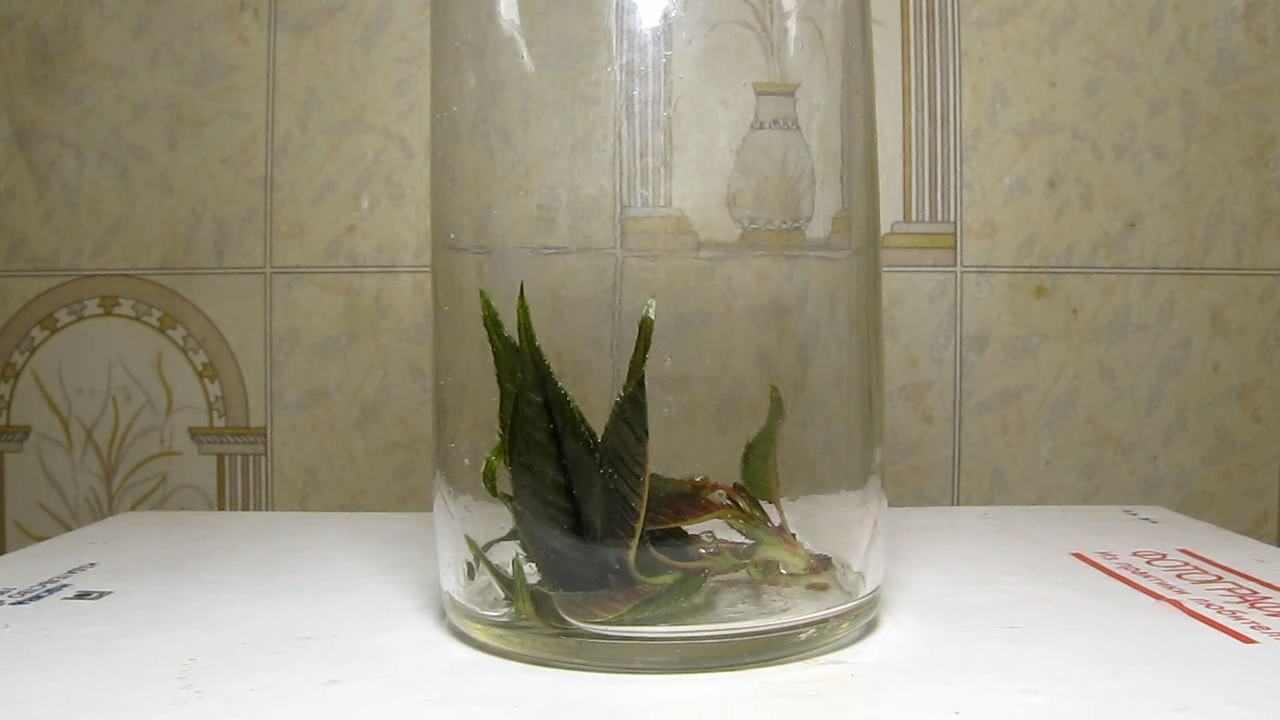
|
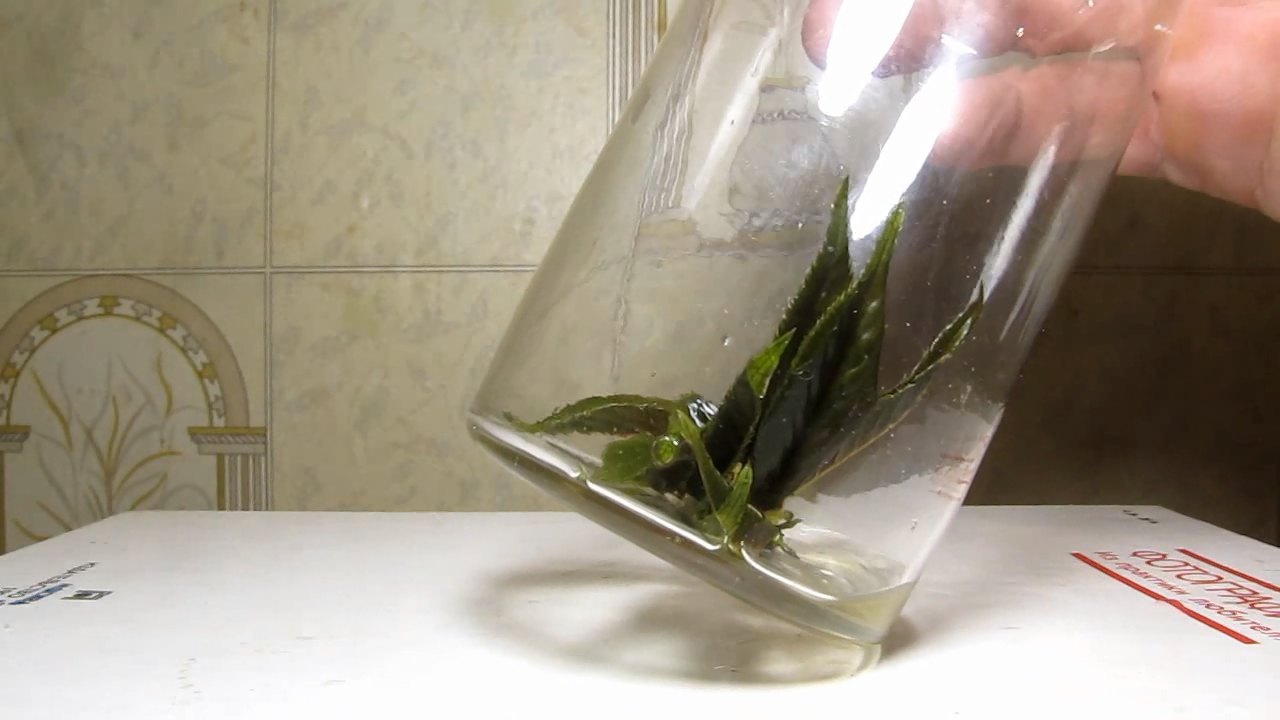
|
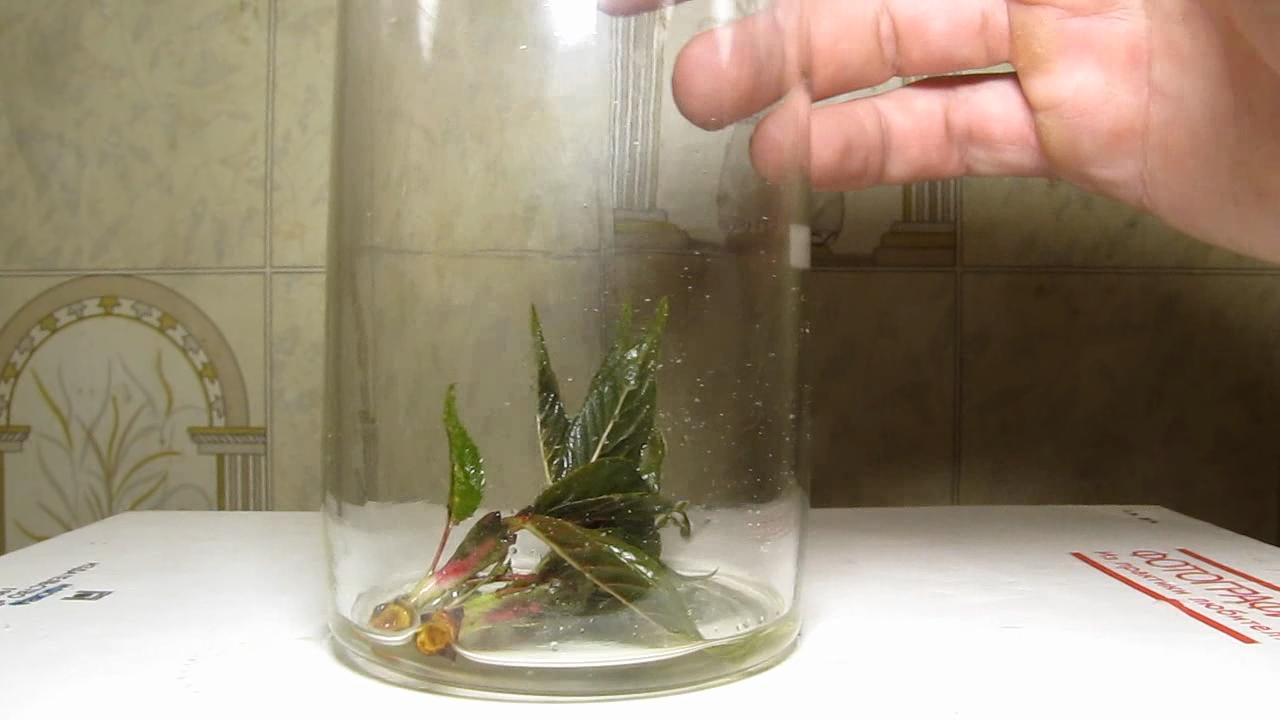
|
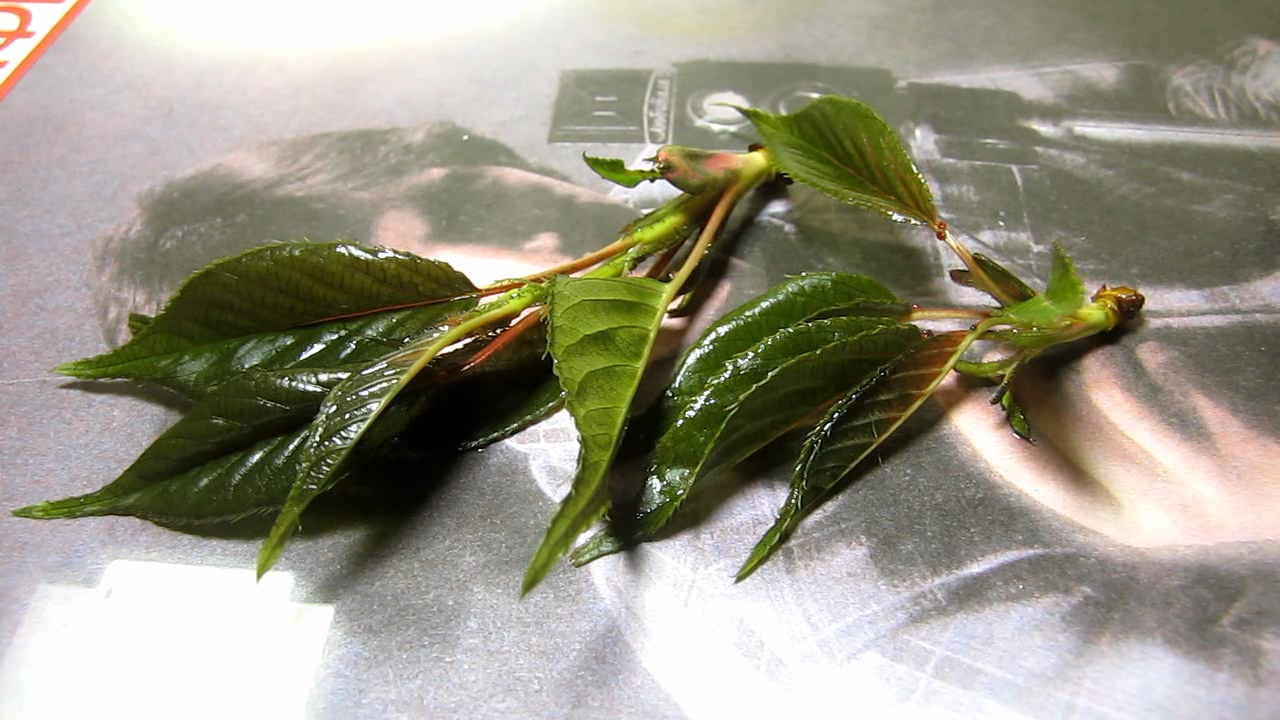
|
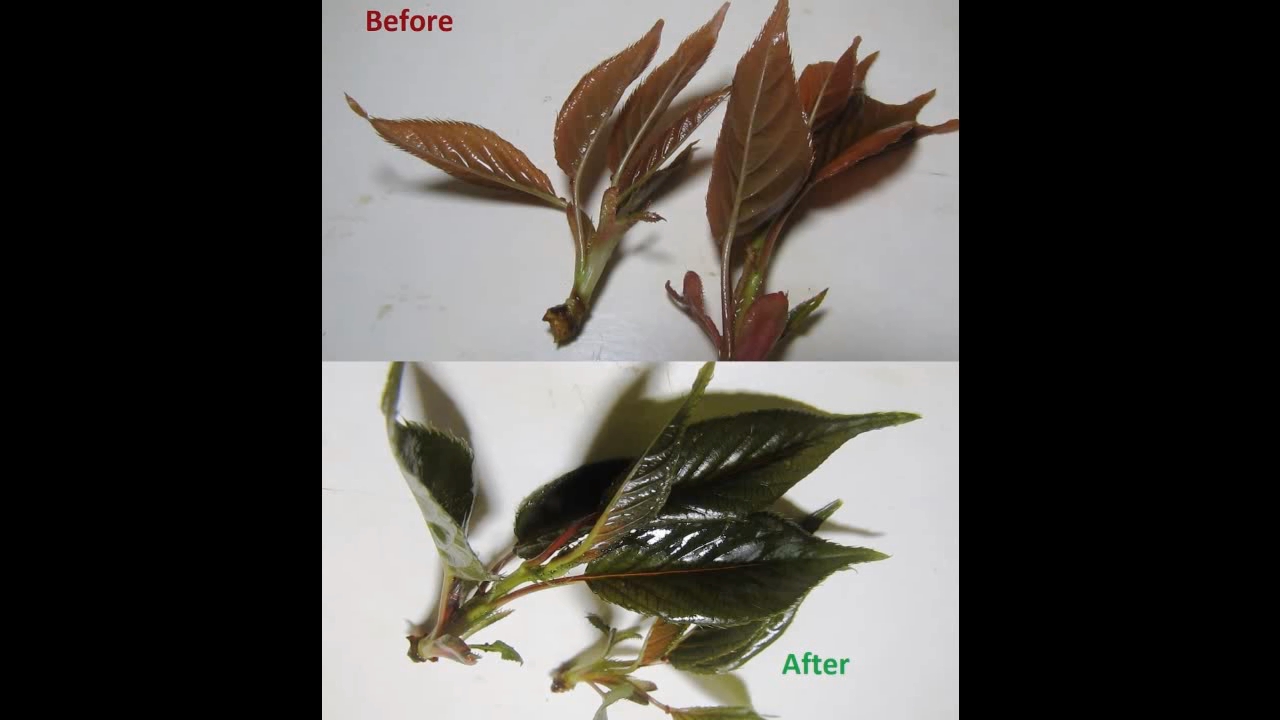
|
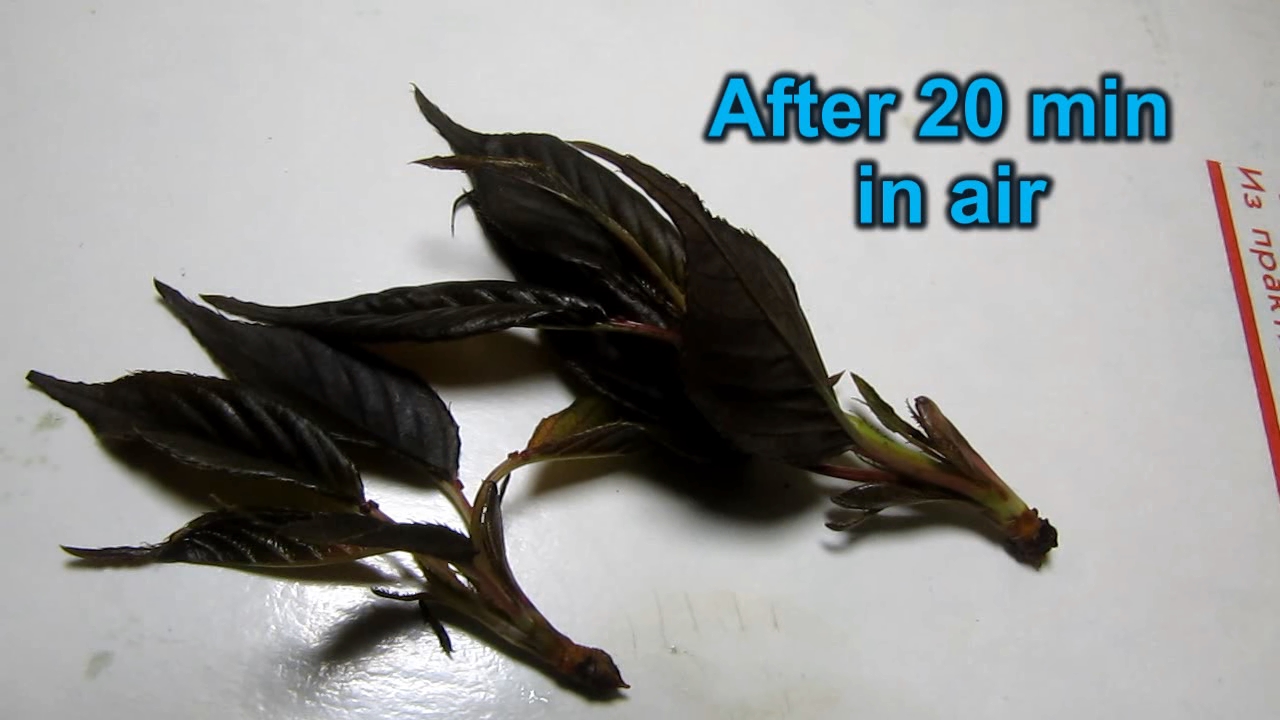
|
|
By the way, while I was experimenting and writing the article, the Sakura trees finished flowering and their brown leaves turned green (except for 1-2 leaves at the top of the shoots). The pink flowers and brown leaves remained only in memory and the photographs.
|
|
Кстати, пока я проводил эксперимент и писал статью, деревья сакуры отцвели, а их коричневые листья стали зелеными (за исключением 1-2 листочков в верхней части побегов). Розовые цветы и коричневые листья остались лишь в памяти и на фотографиях.
|
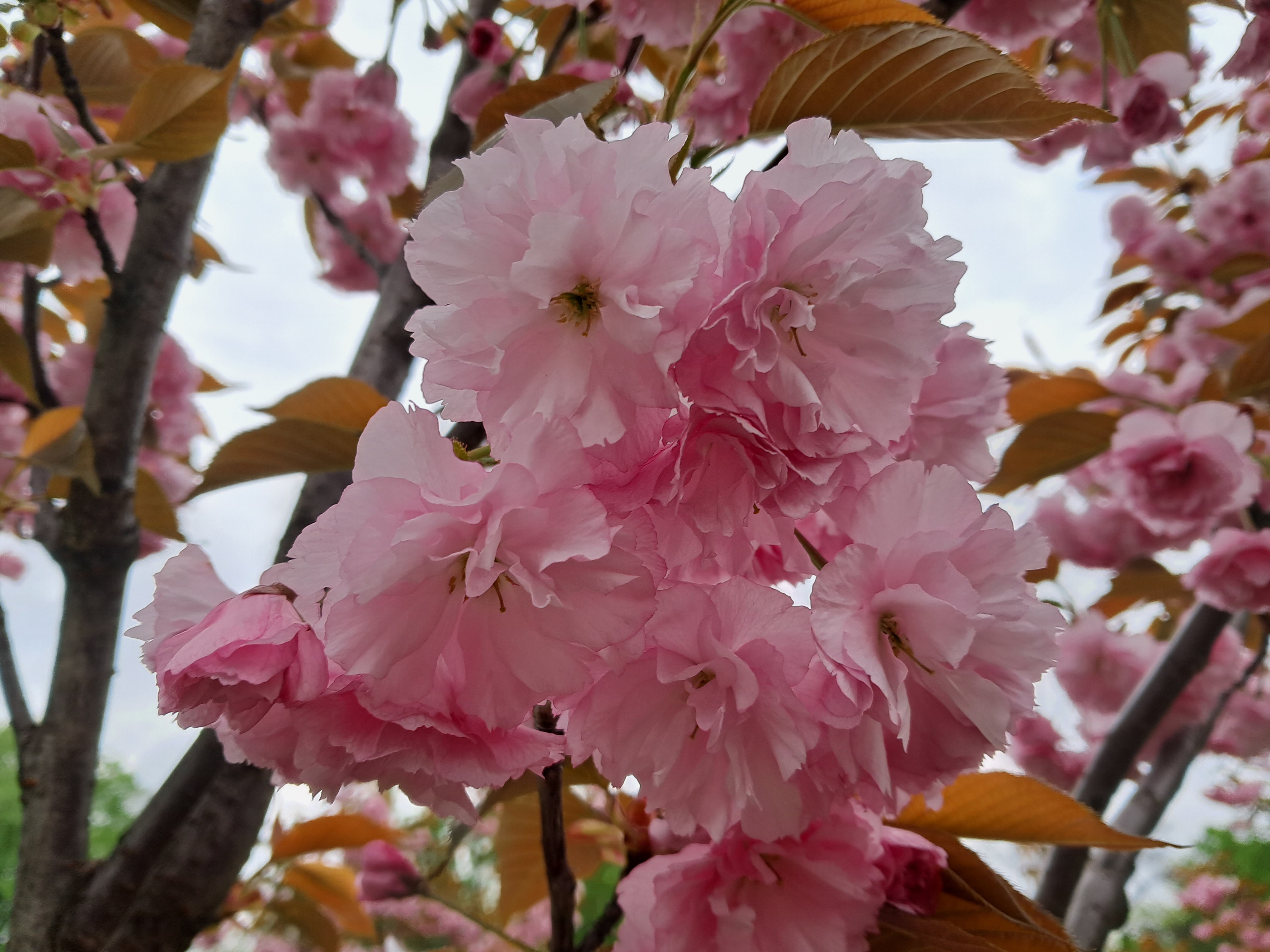
|
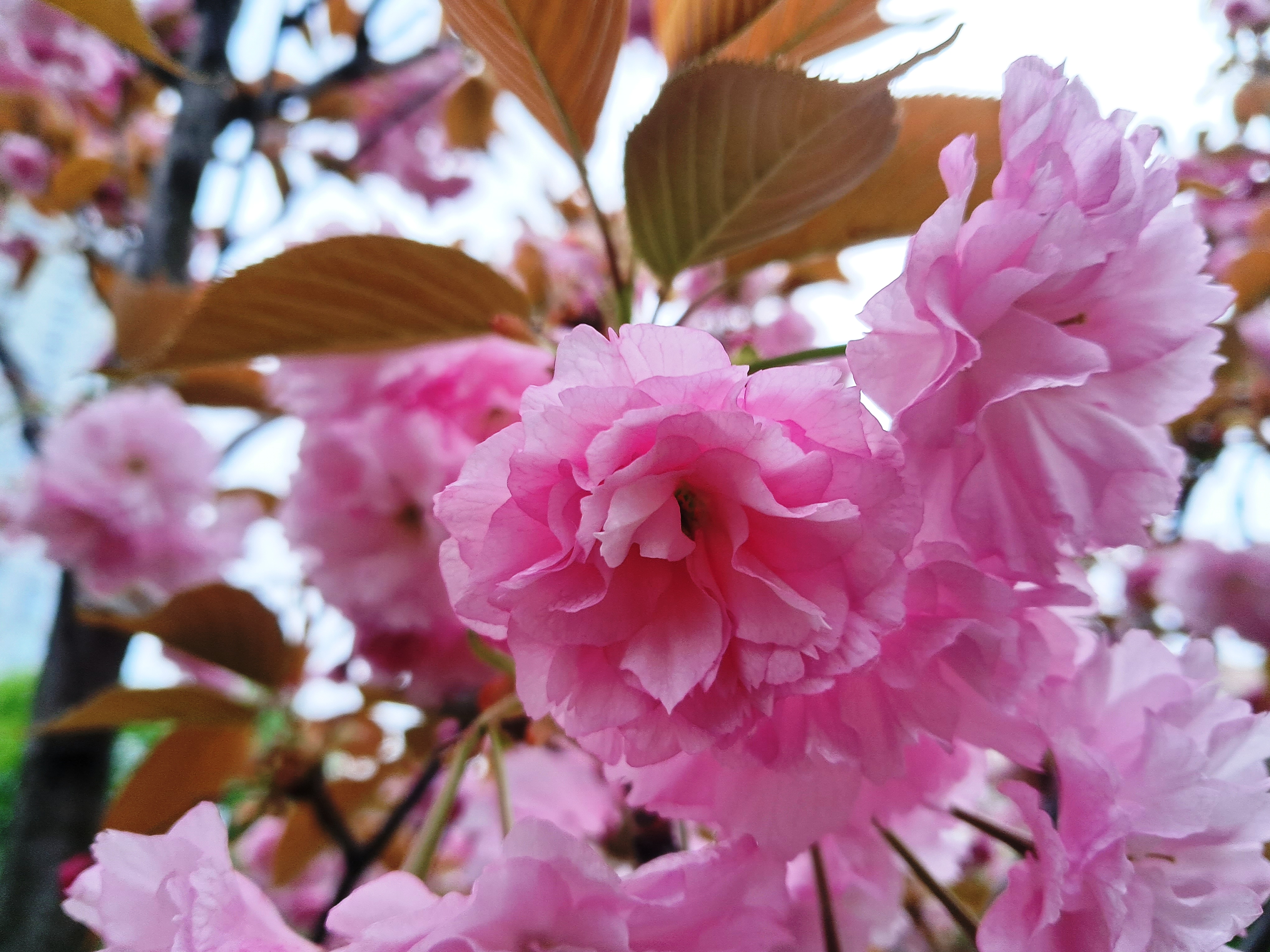
|

|

|
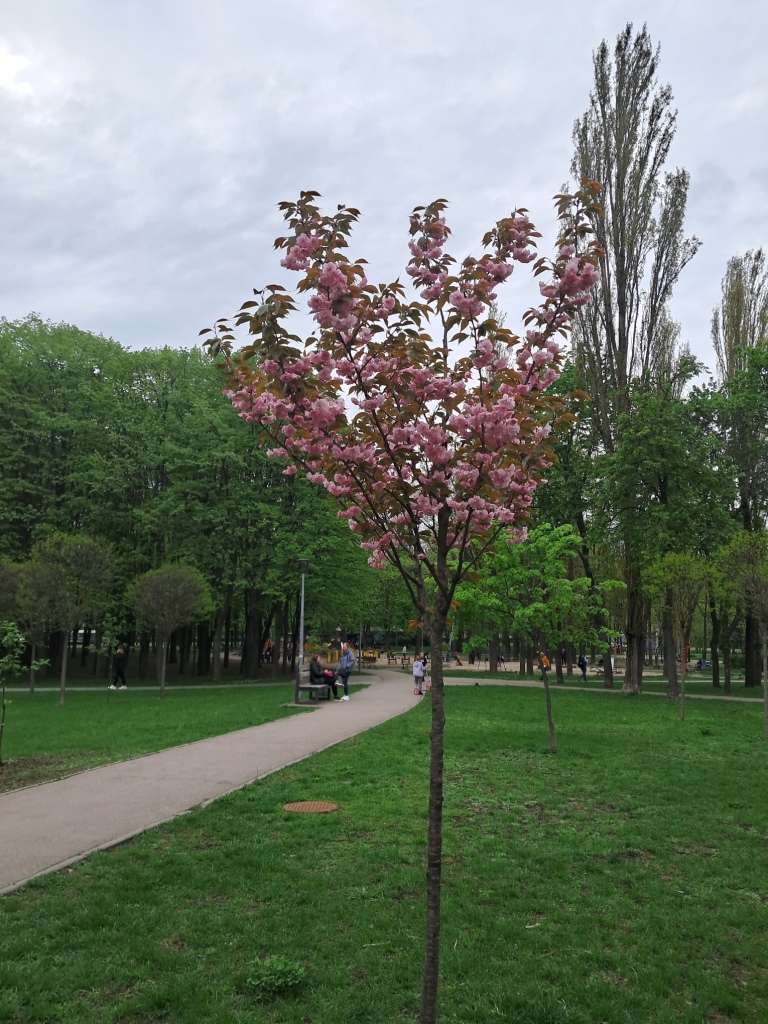
|
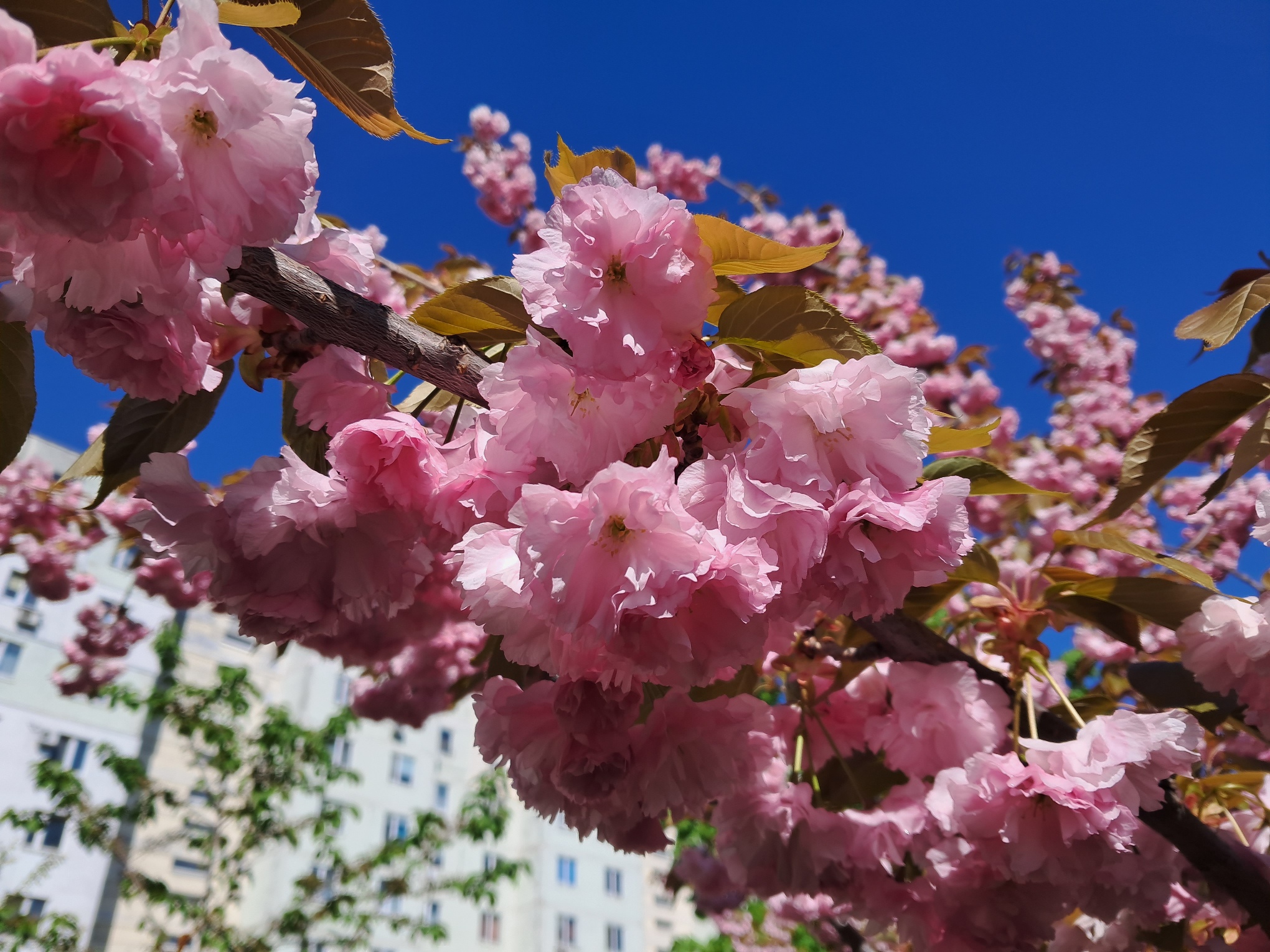
|
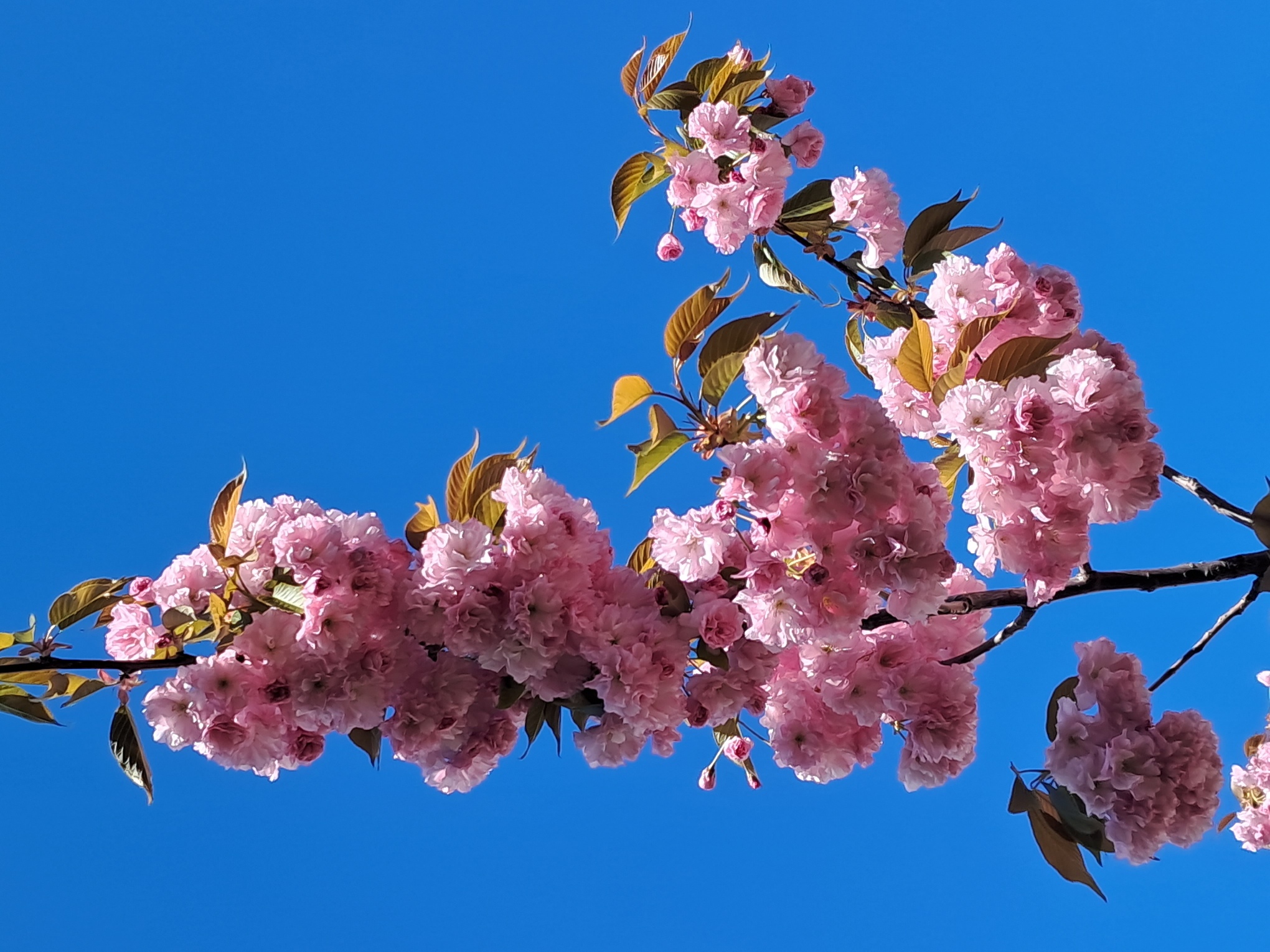
|
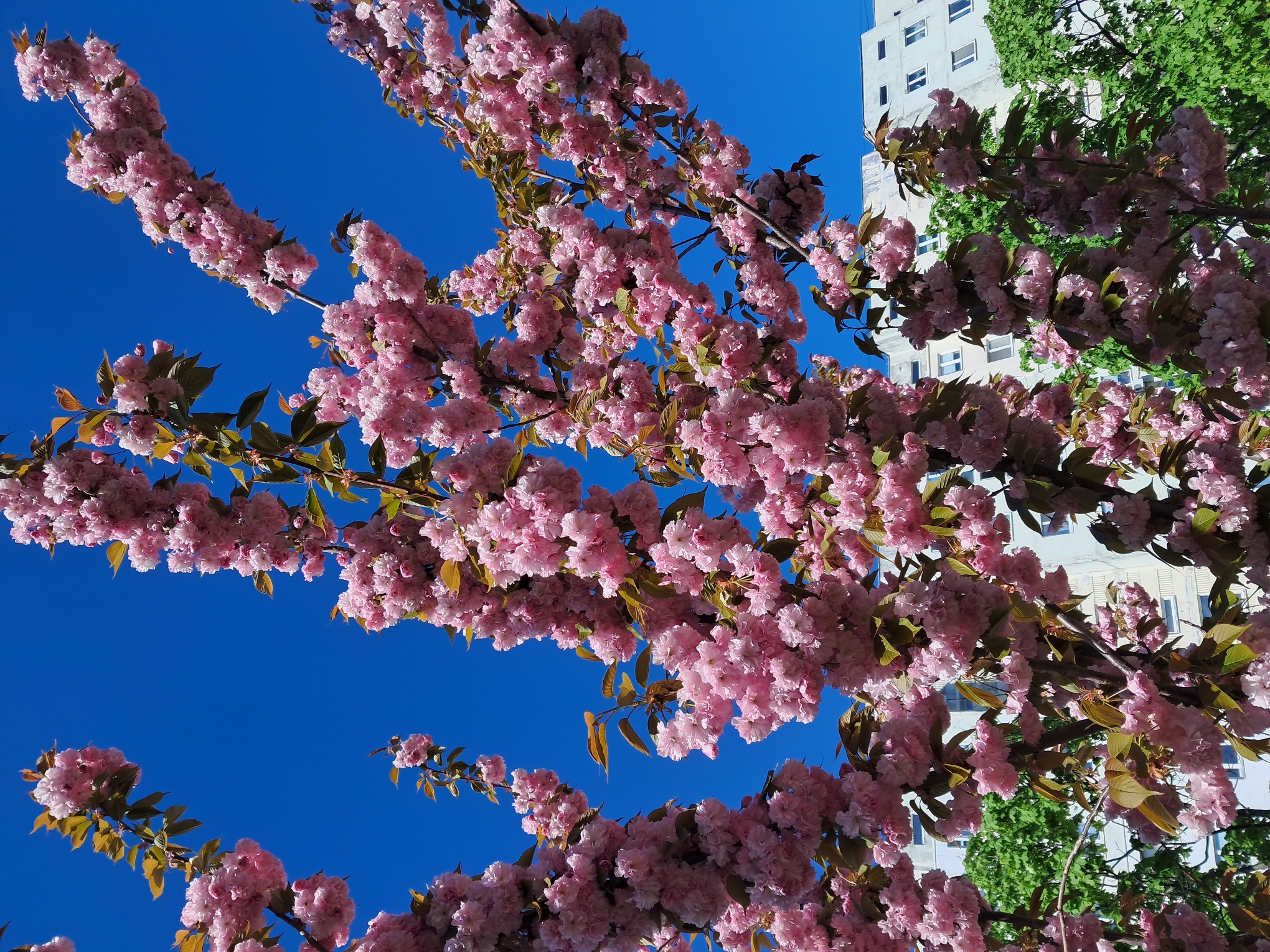
|
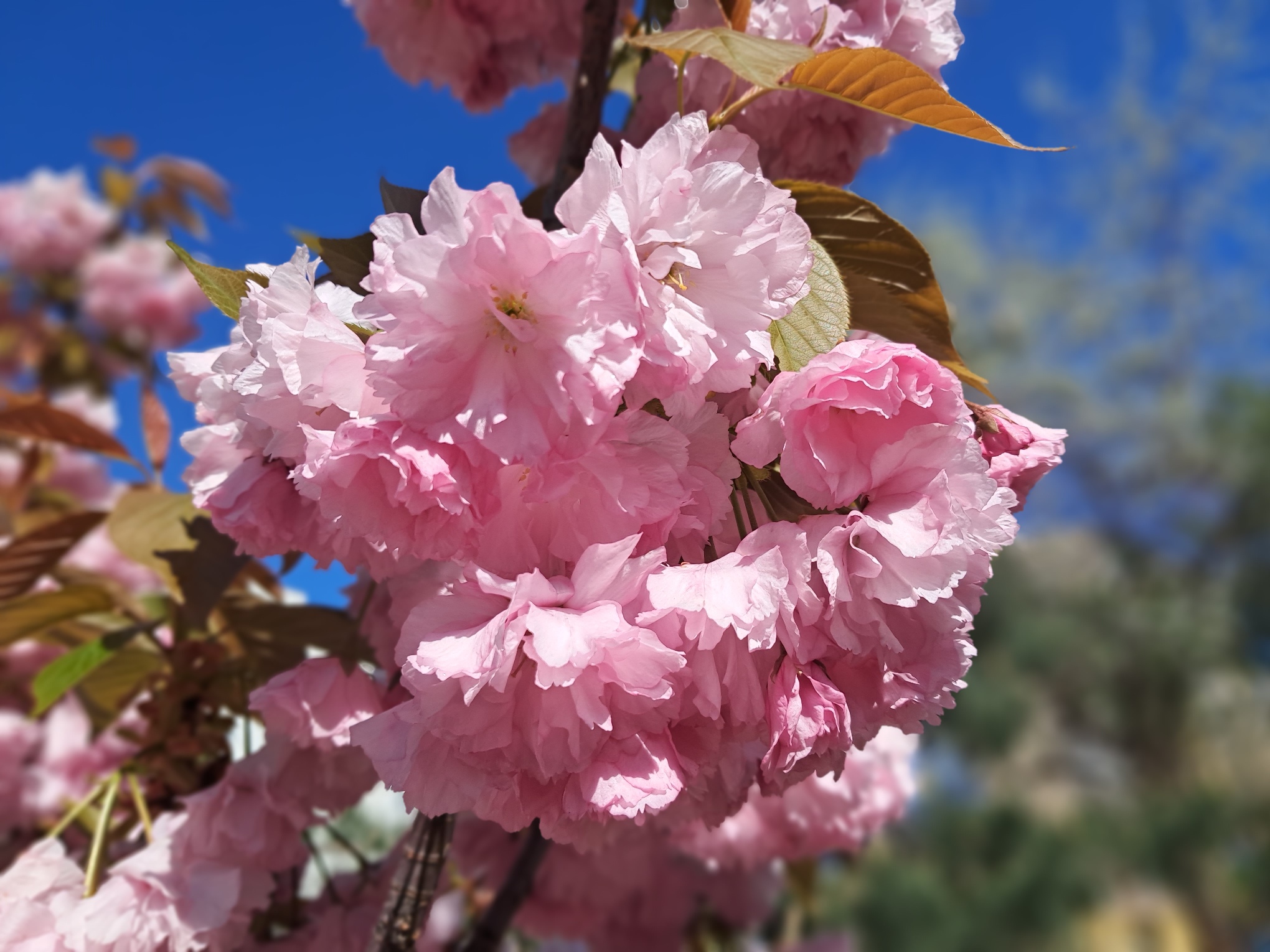
|

|

|
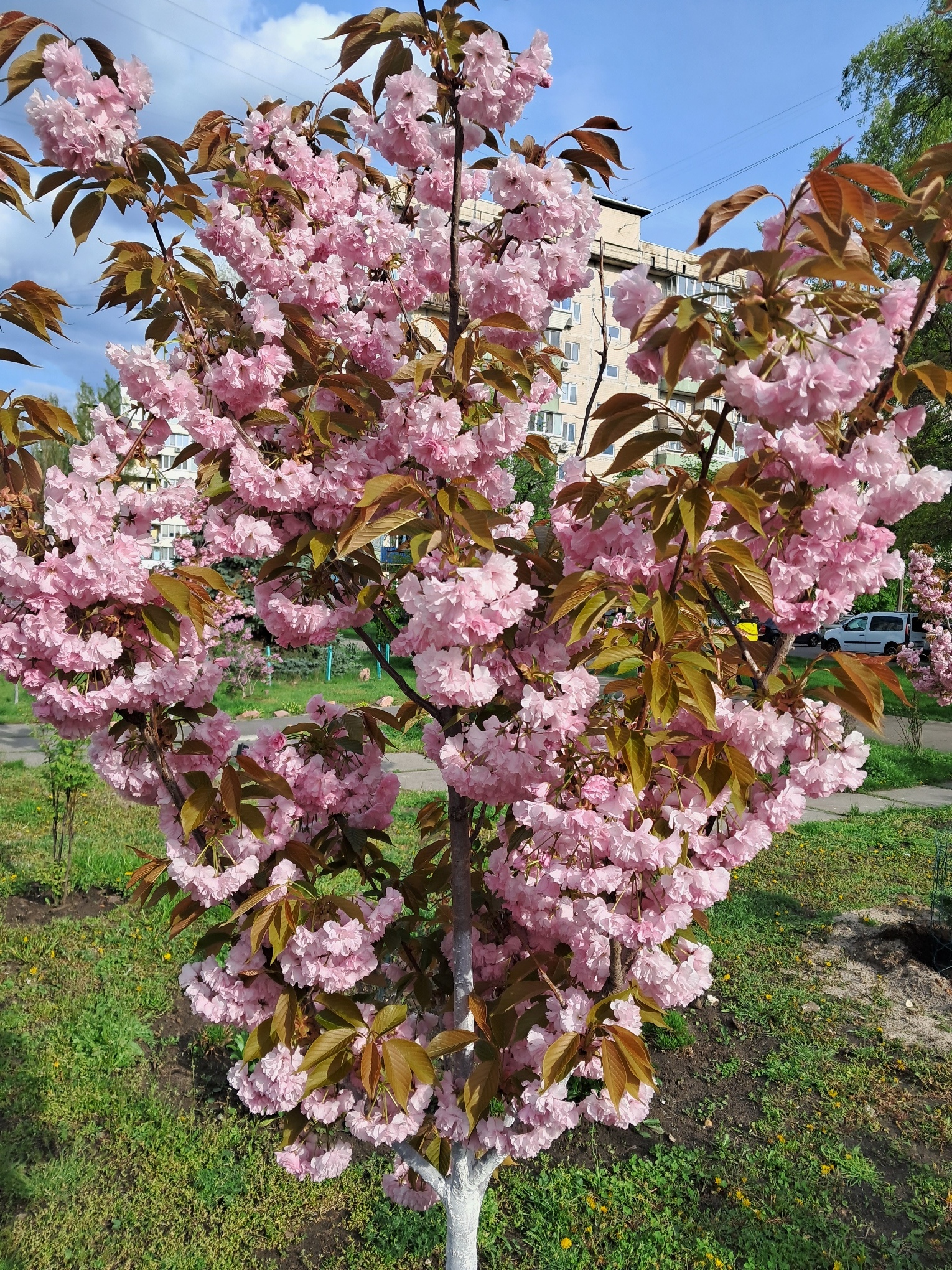
|
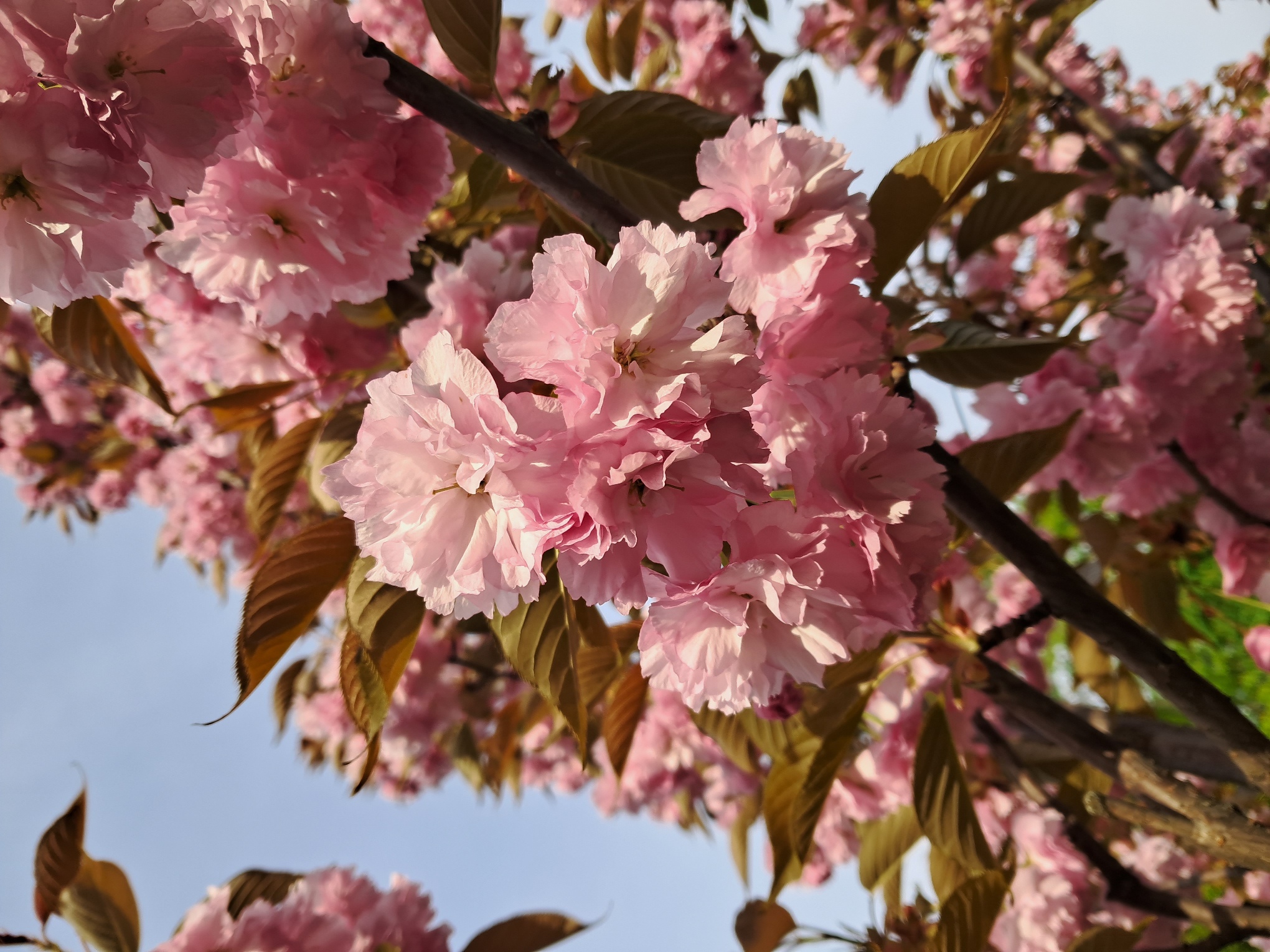
|
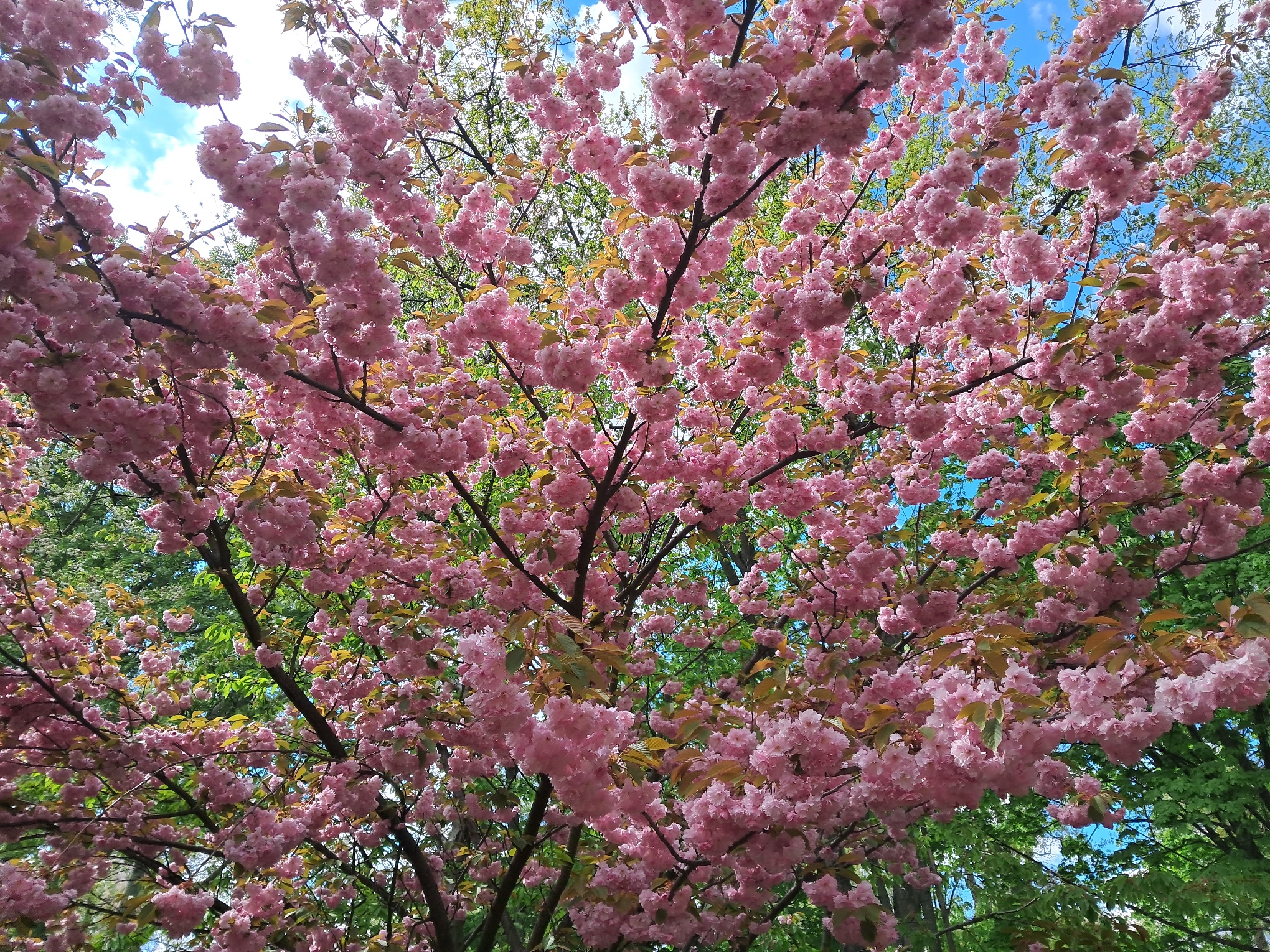
|
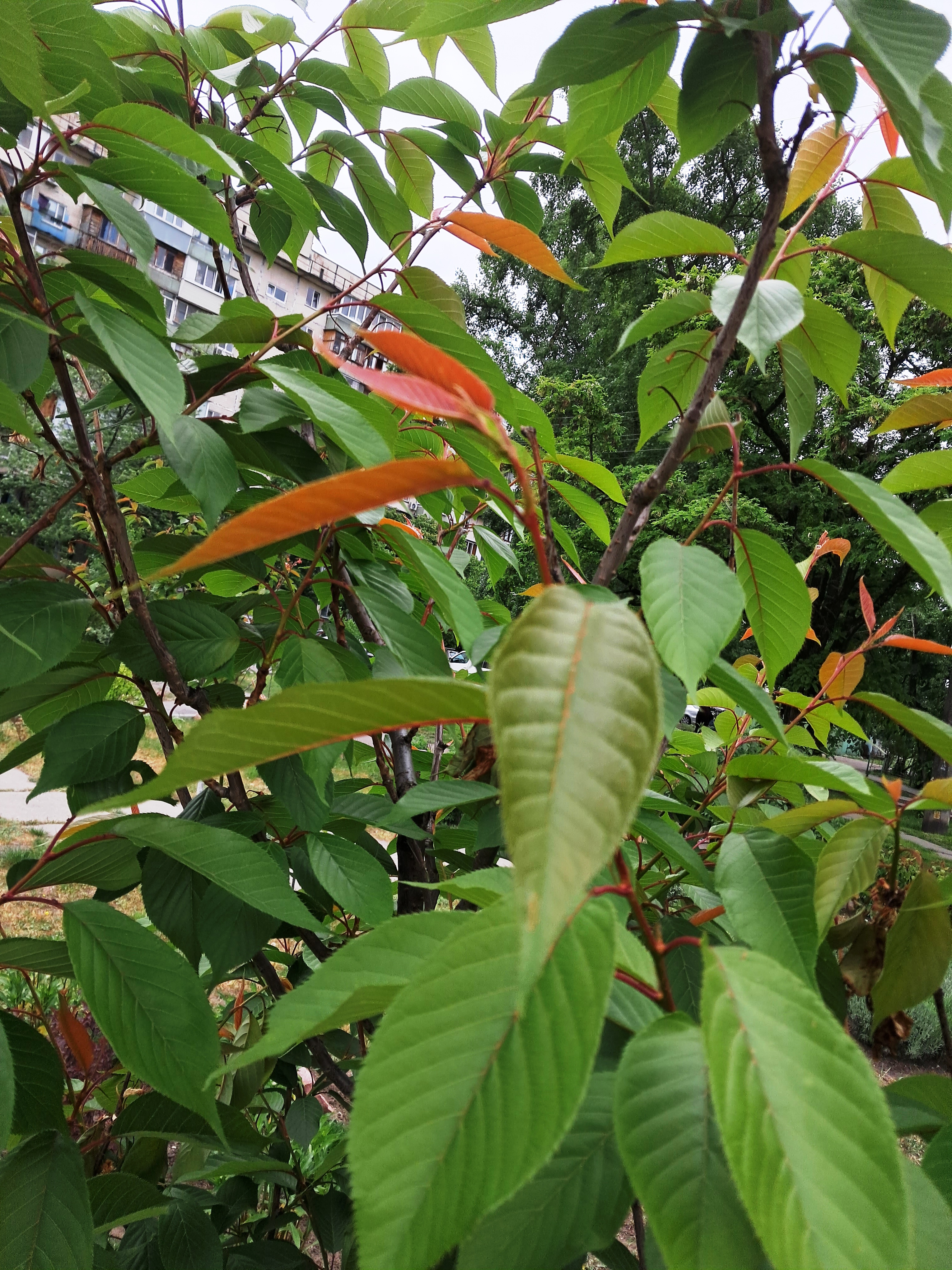
In a few weeks |
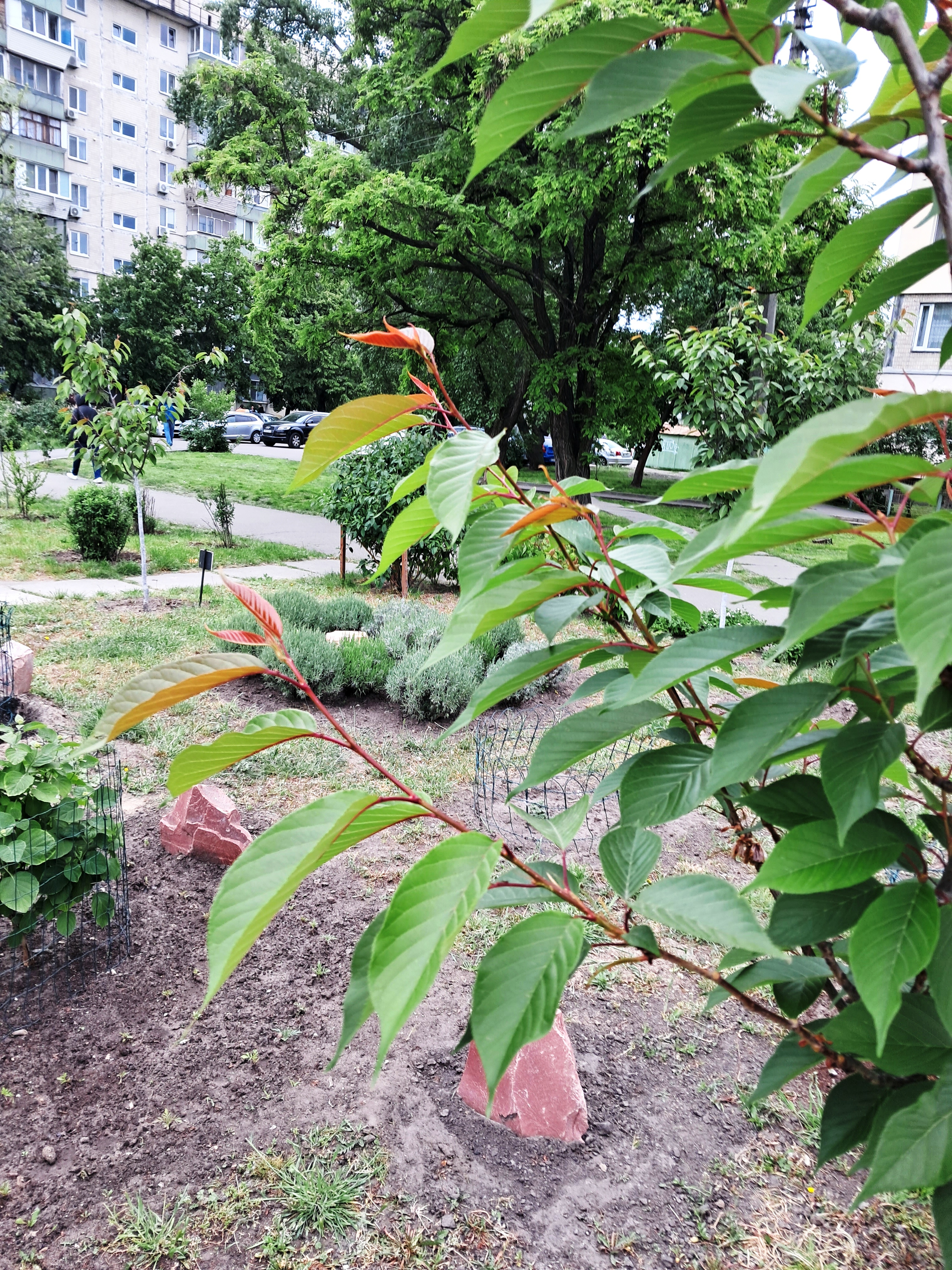
|
|
Having noticed a mistake in the text, allocate it and press Ctrl-Enter
Brown plant leaves (Parthenocissus quinquefolia), ammonia and acetic acid - part 13
Let's continue experiments with spring plants. After the Sakura, another plant with young, brown leaves and shoots caught my eye. More precisely, the colour was not pure brown, but rather green-brown (in different places the proportion of the colours was different). The leaves looked beautiful; their appearance might interest an artist or photographer, but not a chemist. I wanted to pass by, but then I remembered that I had already conducted experiments with the leaves of this plant in the autumn [1]. They are green most of the spring and summer but turn yellow, red or burgundy in the autumn. It was the red leaves that interested me then. In an ammonia atmosphere, they turned green, and upon subsequent treatment with glacial acetic acid, they regained their red colour. I wonder how the brown spring leaves of this plant will behave under similar conditions.
Коричневые листья растений (Parthenocissus quinquefolia) и аммиак - часть 13 What plant are we talking about? The Latin name of the species is Parthenocissus quinquefolia. There are several English names at once - Virginia creeper, Victoria creeper, five-leaved ivy, or five-finger. I picked several shoots with green-brown leaves, placed two in a glass and added a concentrated ammonia solution. The leaves gradually turned green and the brown colour disappeared completely. I took out the green leaves, washed them with water and placed them in another glass. Then, I added glacial acetic acid. The reaction of acid and ammonia produced white smoke. The green leaves have turned green-brown (the original appearance has returned). __________________________________________________ 1 See the article Plants as acid-base indicators / Растения в качестве кислотно-основных индикаторов [link]. |
|
Коричневые листья растений (Parthenocissus quinquefolia) и аммиак - часть 13
Продолжим эксперименты с весенними растениями. После сакуры на глаза попалось другое растение с молодыми коричневыми листьями и побегами. Точнее, цвет был не чисто-коричневым, а скорее зелено-коричневым (в разных местах пропорция цветов была разной). Листья выглядели красиво, их вид мог заинтересовать художника или фотографа, но не химика. Я хотел пройти мимо, потом вспомнил, что уже проводил эксперименты с листьями этого растения осенью [1]. Большую часть весны и летом они зеленые, а осенью они становятся желтыми, красными или бордовыми. Именно красные листья меня тогда заинтересовали. В атмосфере аммиака они стали зелеными, а при последующей обработке ледяной уксусной кислотой литься восстановили красный цвет. Интересно, как поведут себя коричневые весенние листья данного растения в аналогичных условиях?
О каком растении идет речь? Латинское название вида - Parthenocissus quinquefolia. Английских названий сразу несколько - Virginia creeper, Victoria creeper, five-leaved ivy, or five-finger. Украинское название растения - Дикий виноград п'ятилистий, русское - Девичий виноград пятилисточковый. Сорвал несколько побегов с зелено-коричневыми листьями. Два из них поместил в стакан, добавил концентрированный раствор аммиака. Листья постепенно стали зелеными, коричневый цвет полностью исчез. Зеленые листья вынул, промыл водой и поместил в другой стакан. Добавил ледяную уксусную кислоту. В результате реакции кислоты и аммиака образовался белый дым. Зеленые листья стали зелено-коричневыми (первоначальный внешний вид вернулся). |
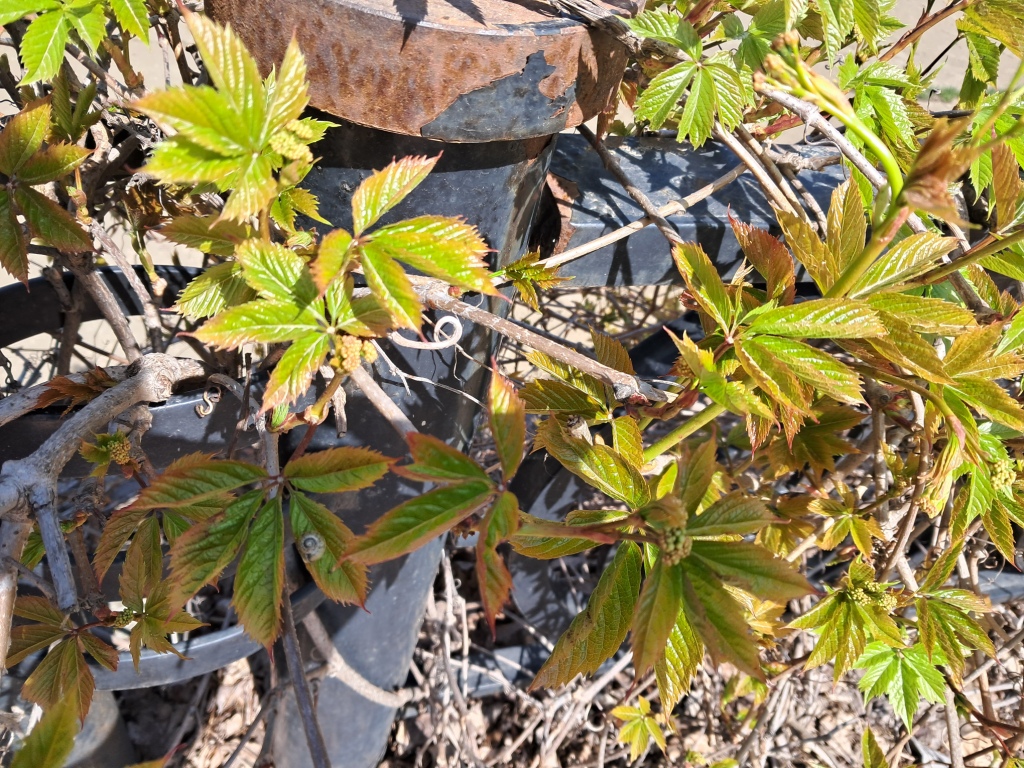
Parthenocissus quinquefolia |
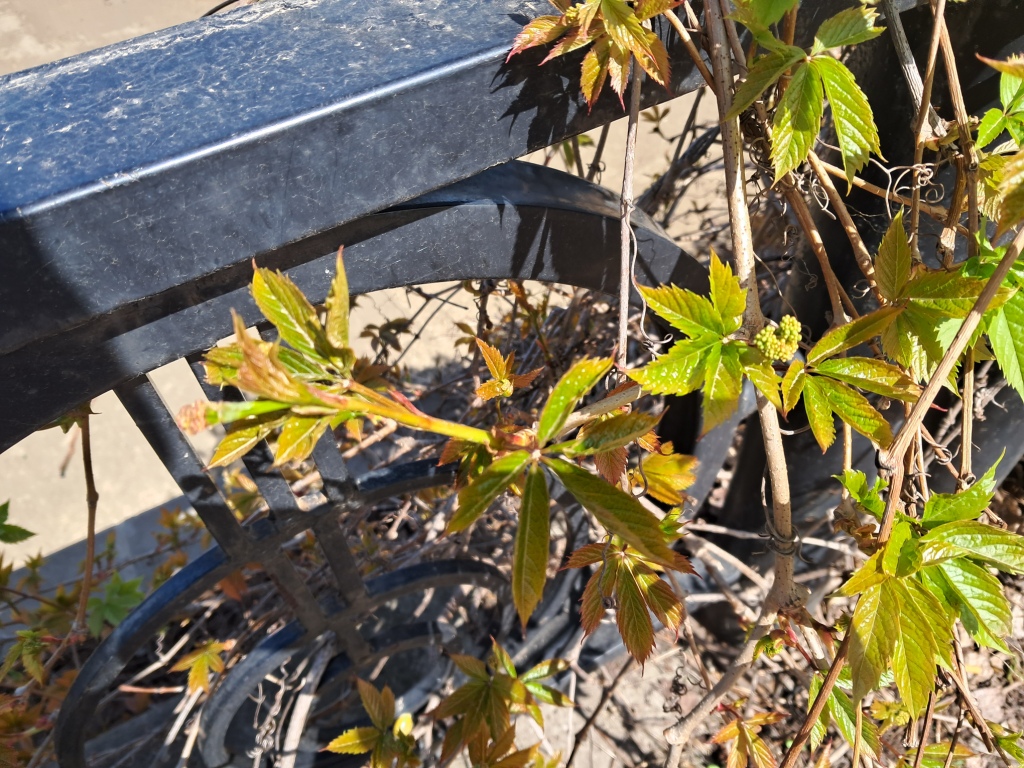
|
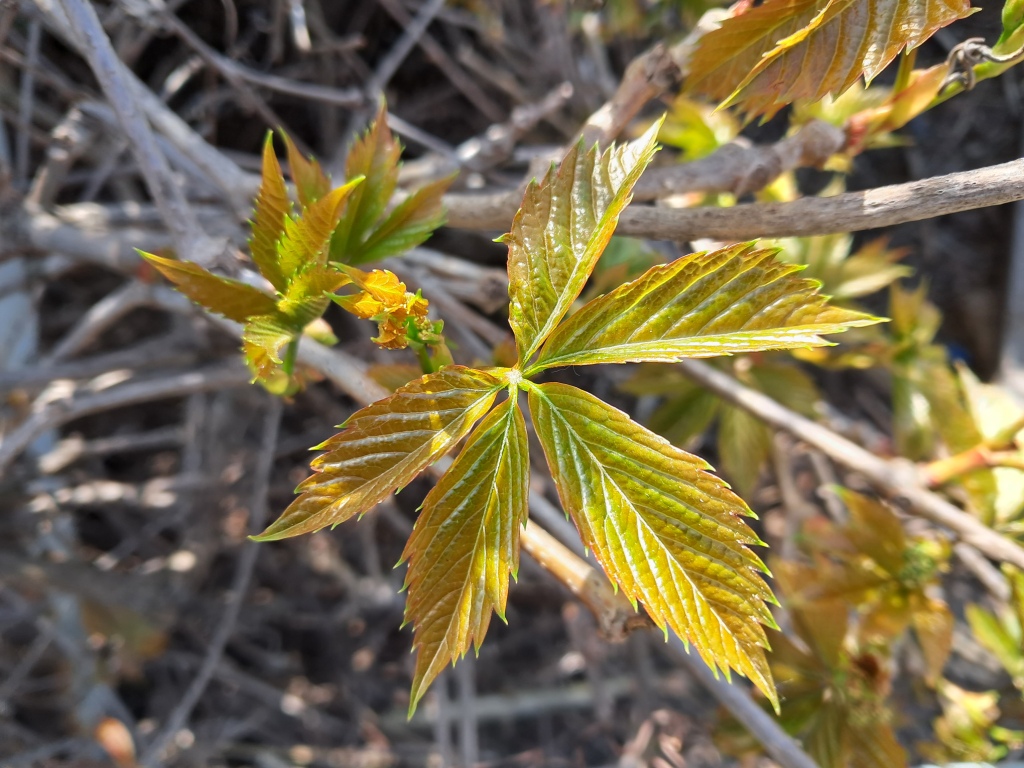
|
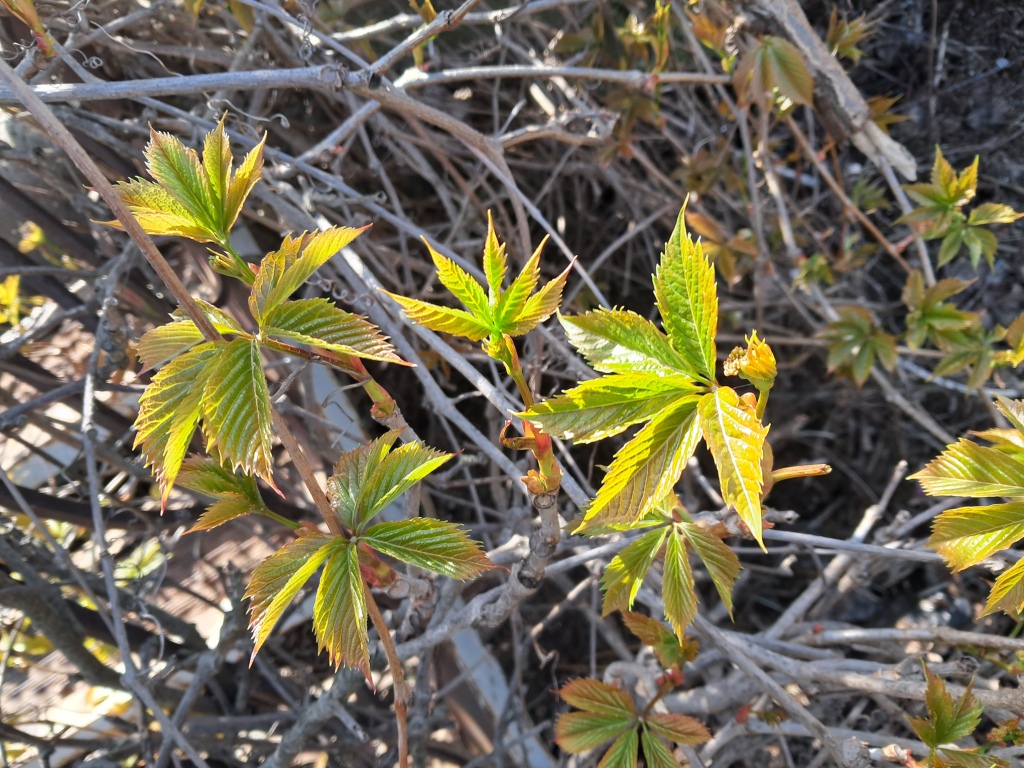
|
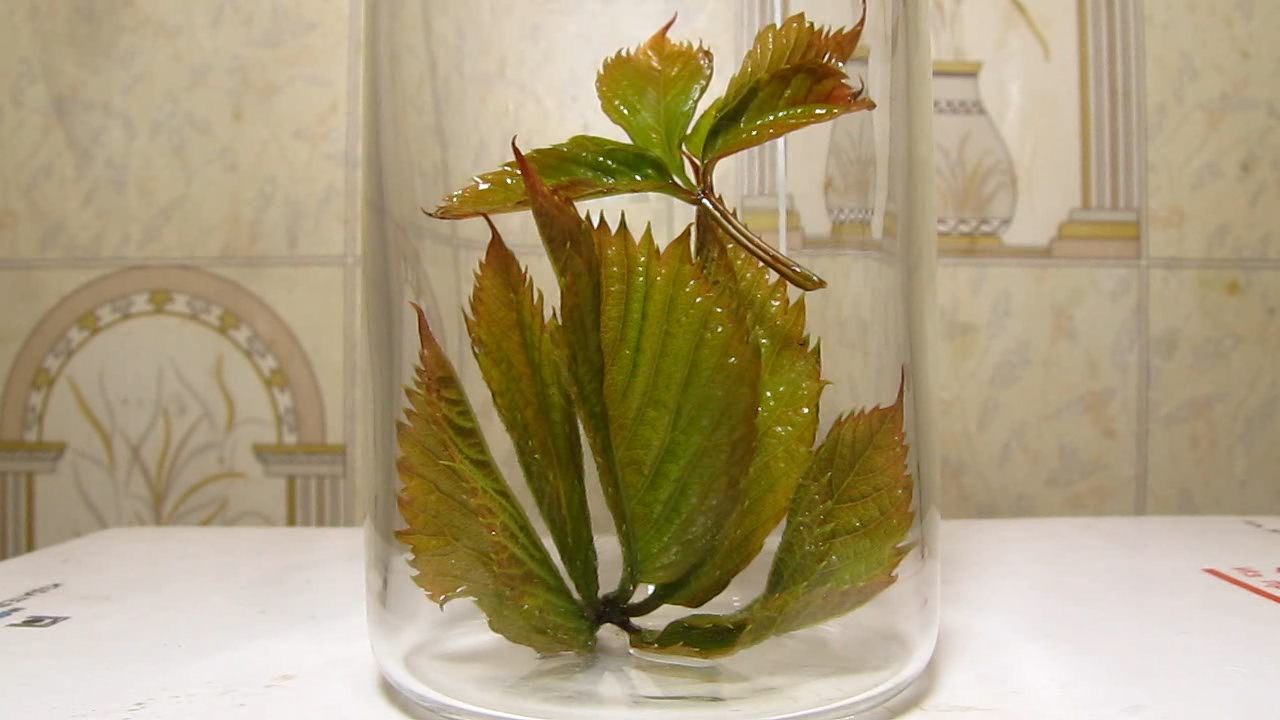
Brown leaves of Parthenocissus quinquefolia, ammonia and acetic acid |
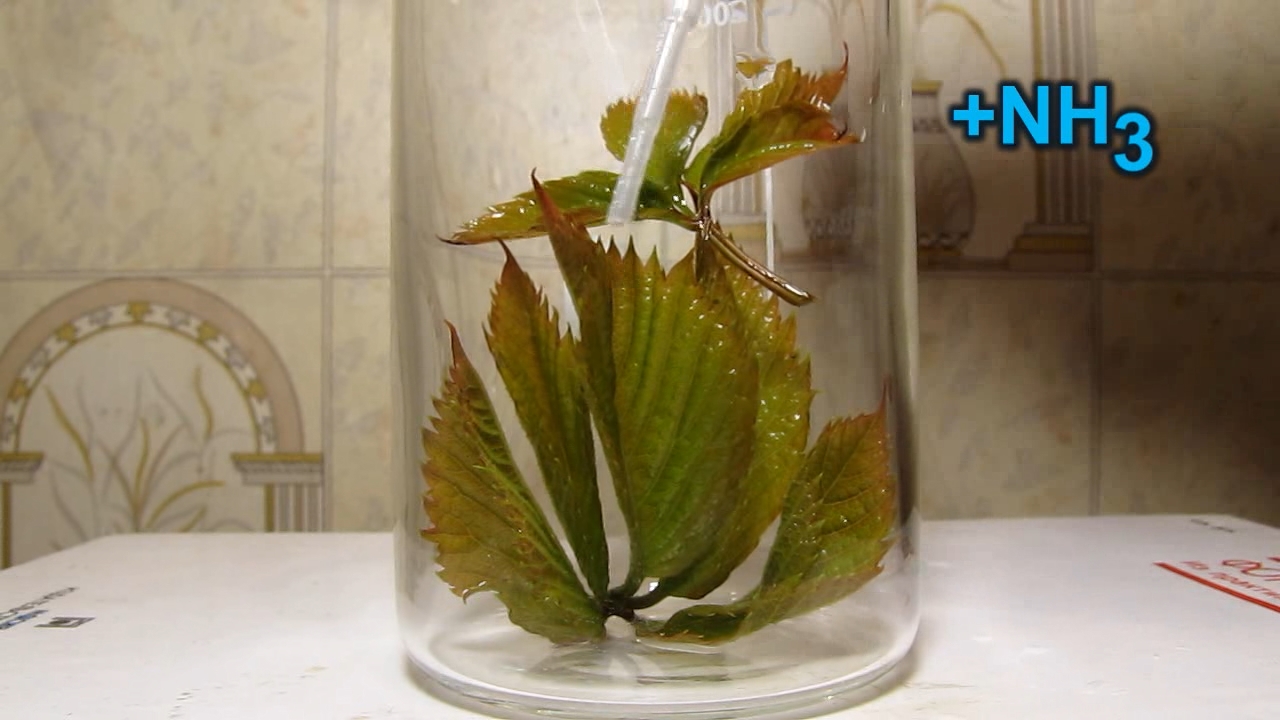
|
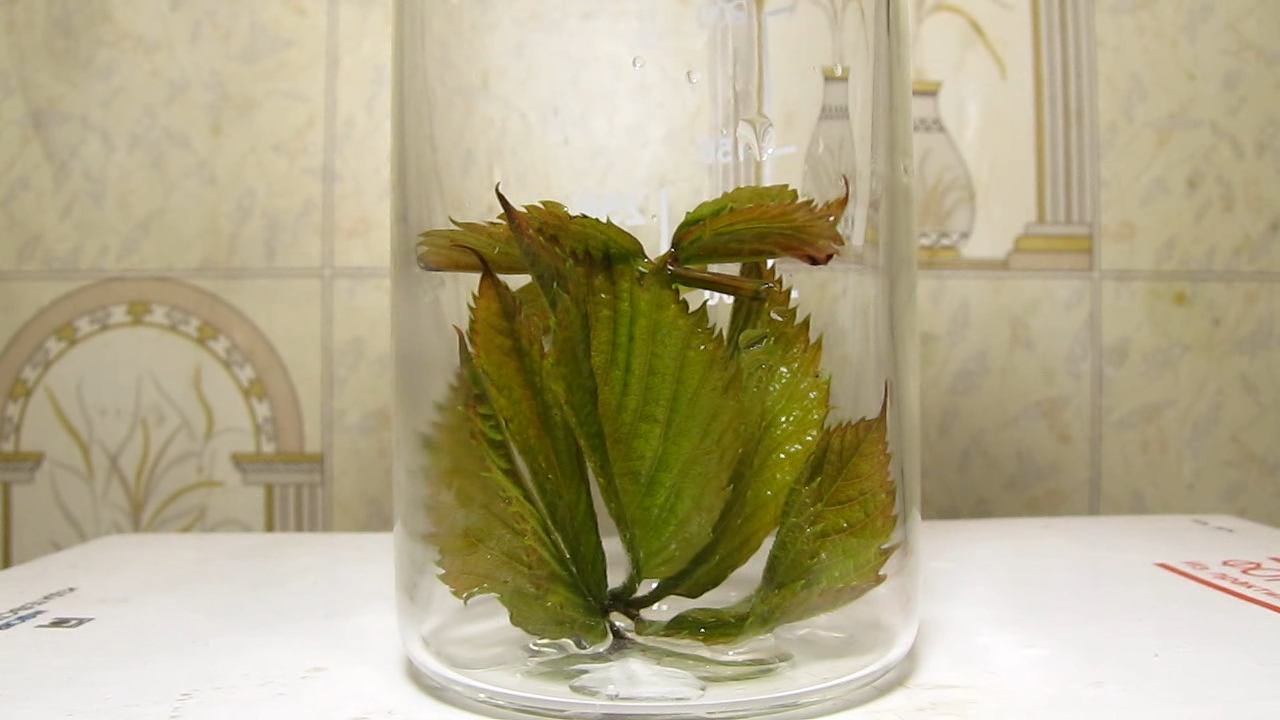
|
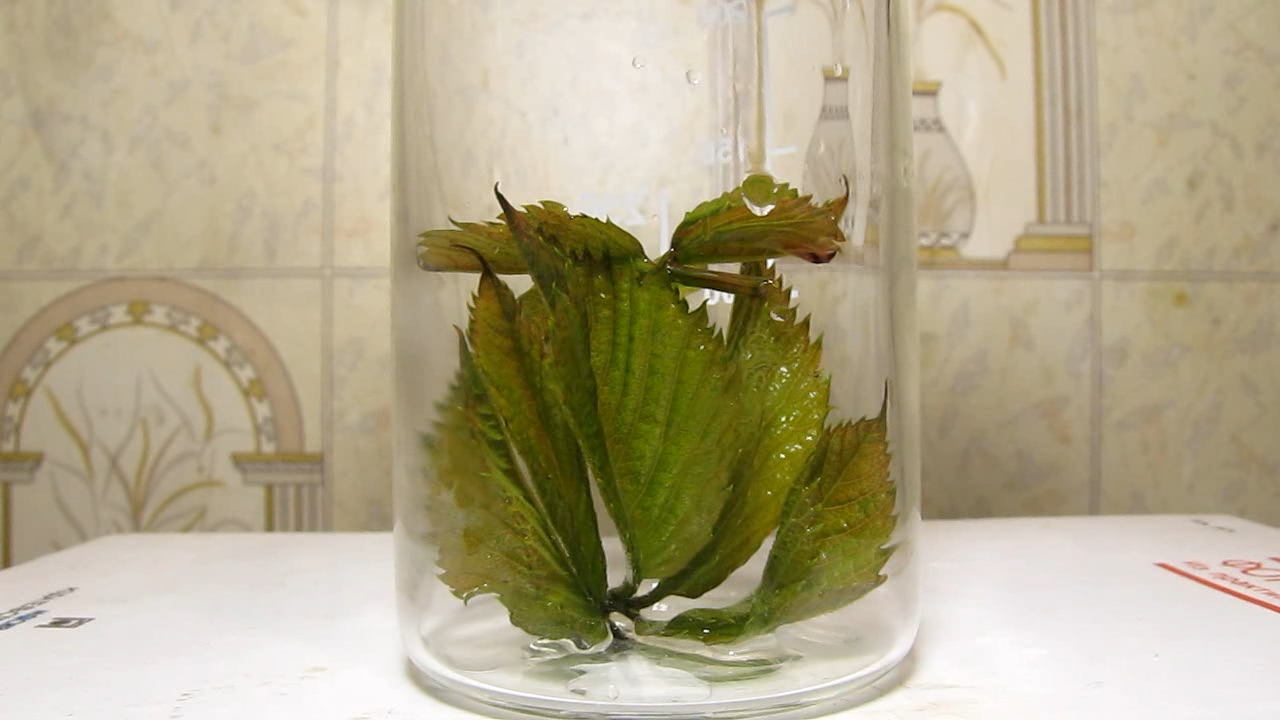
|
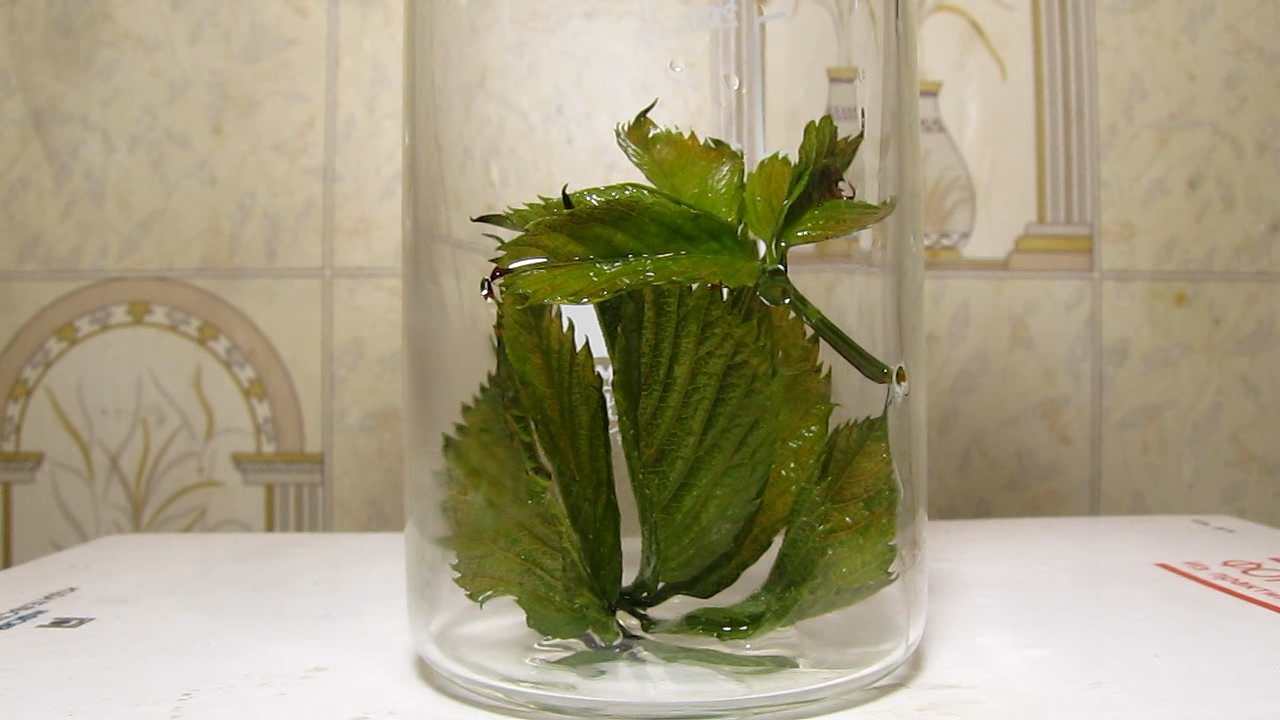
|
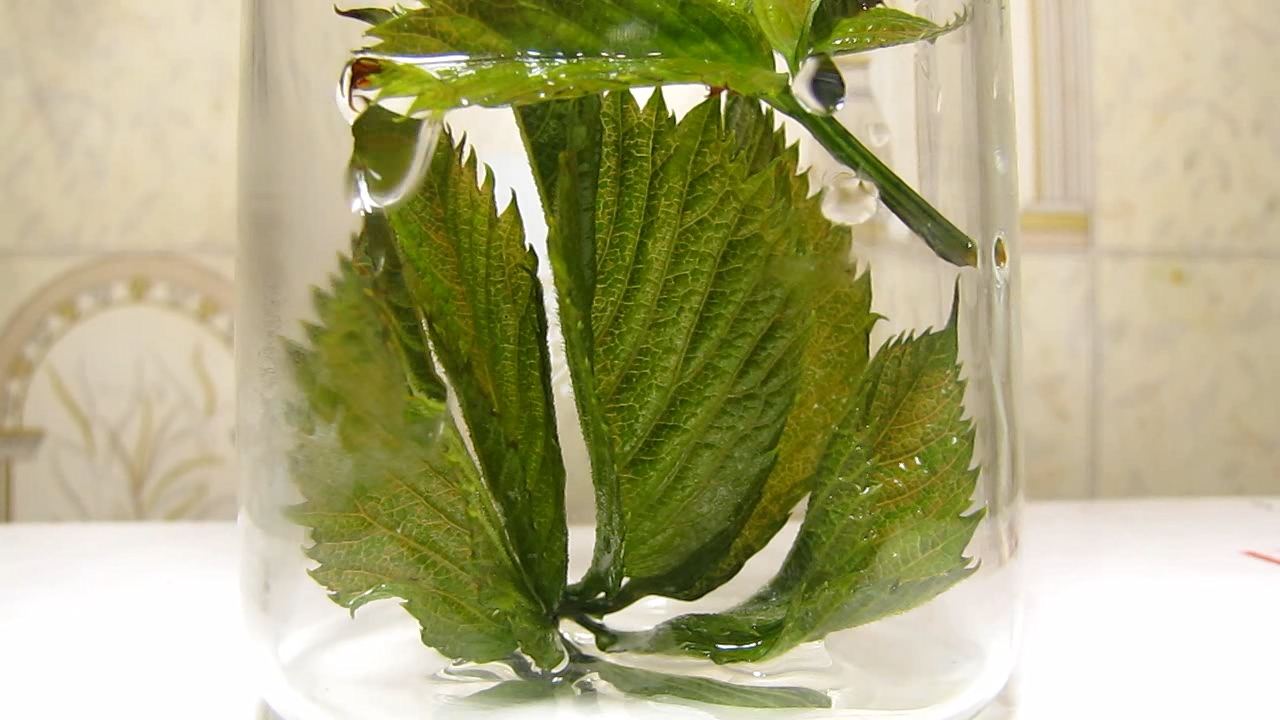
|
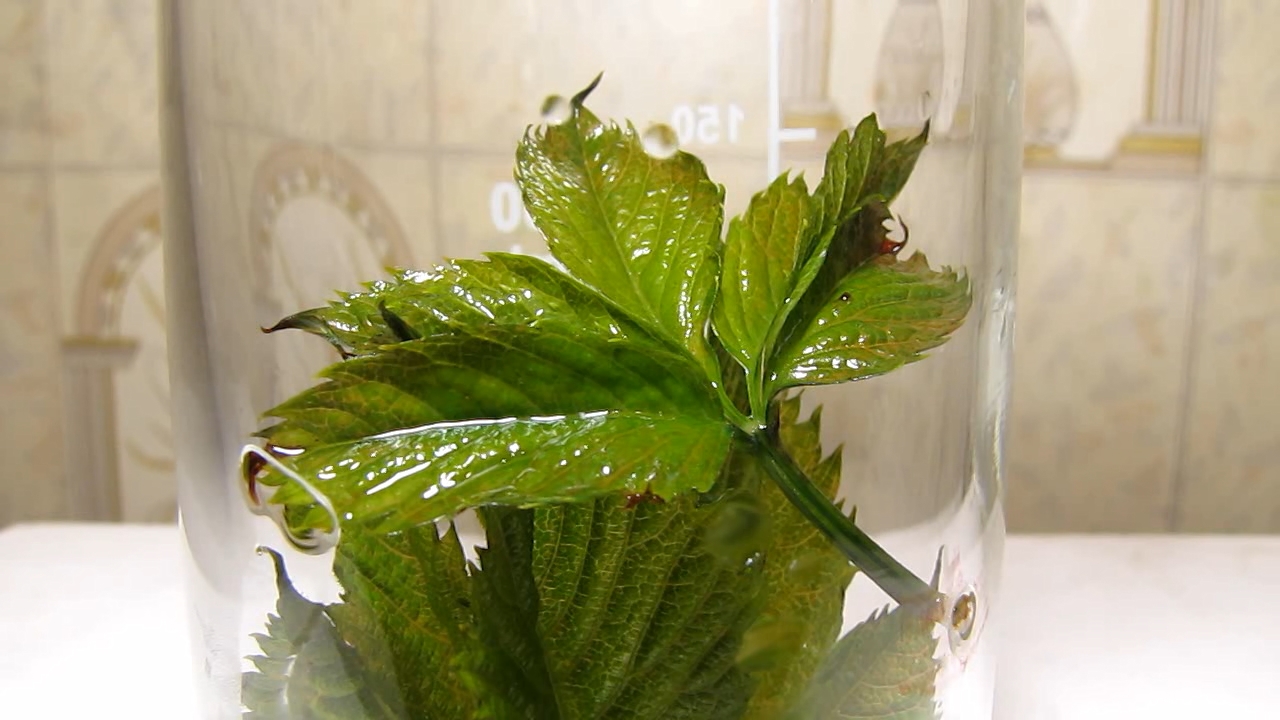
|

|
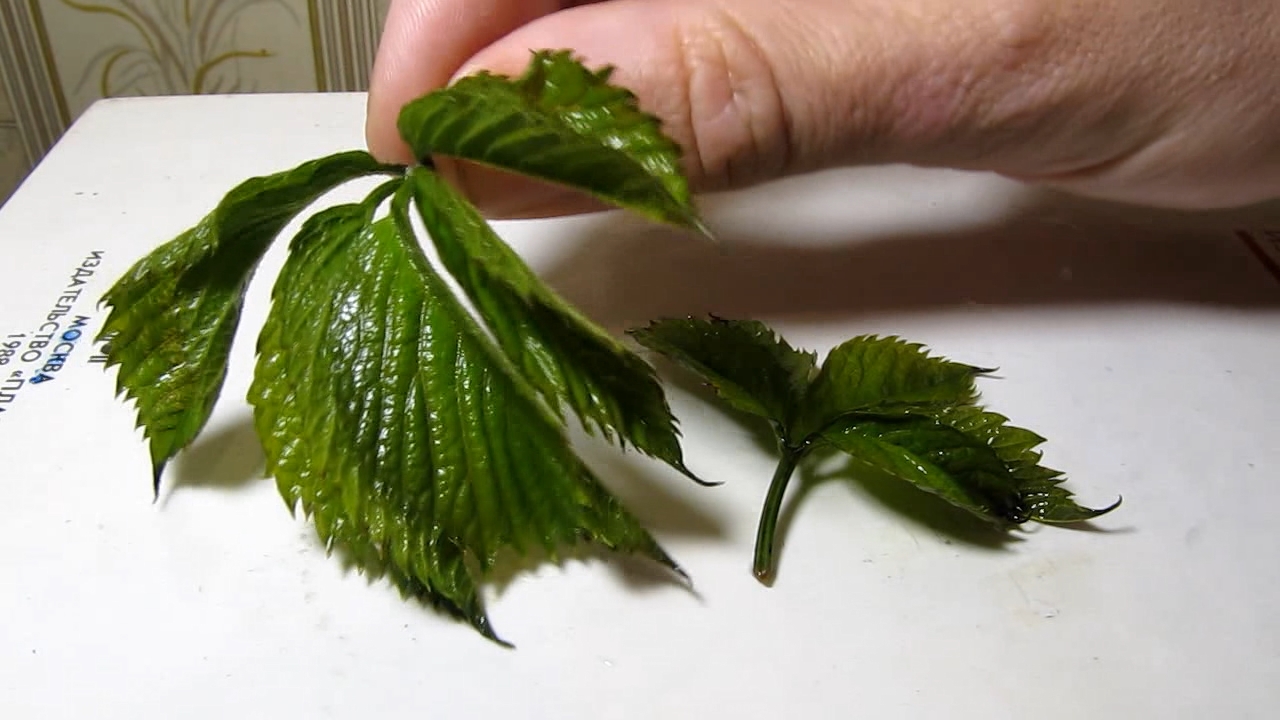
|

|
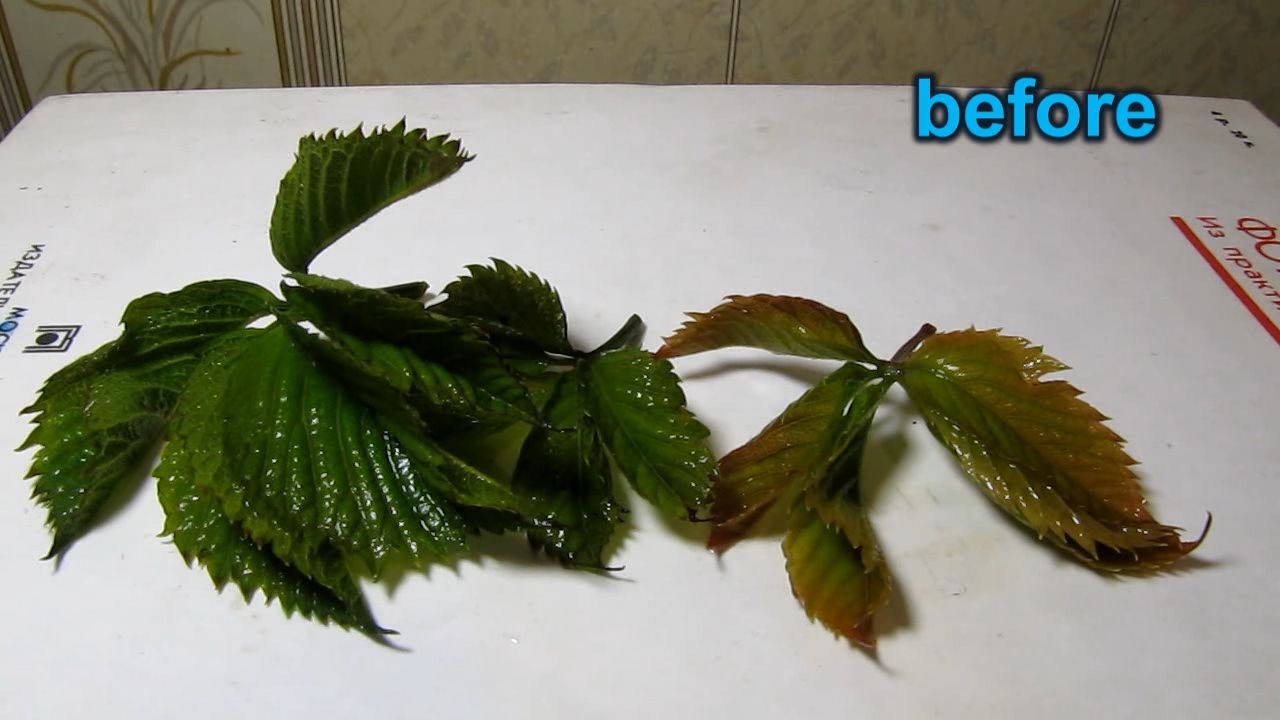
|

|
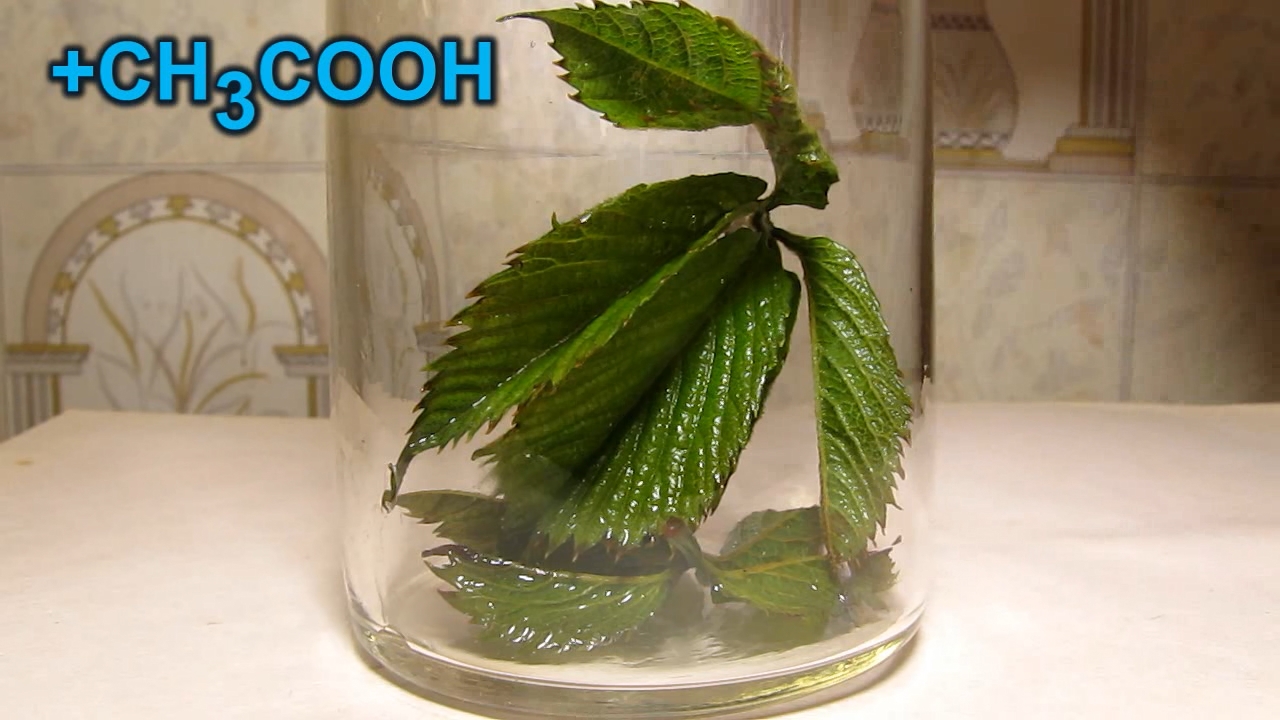
|
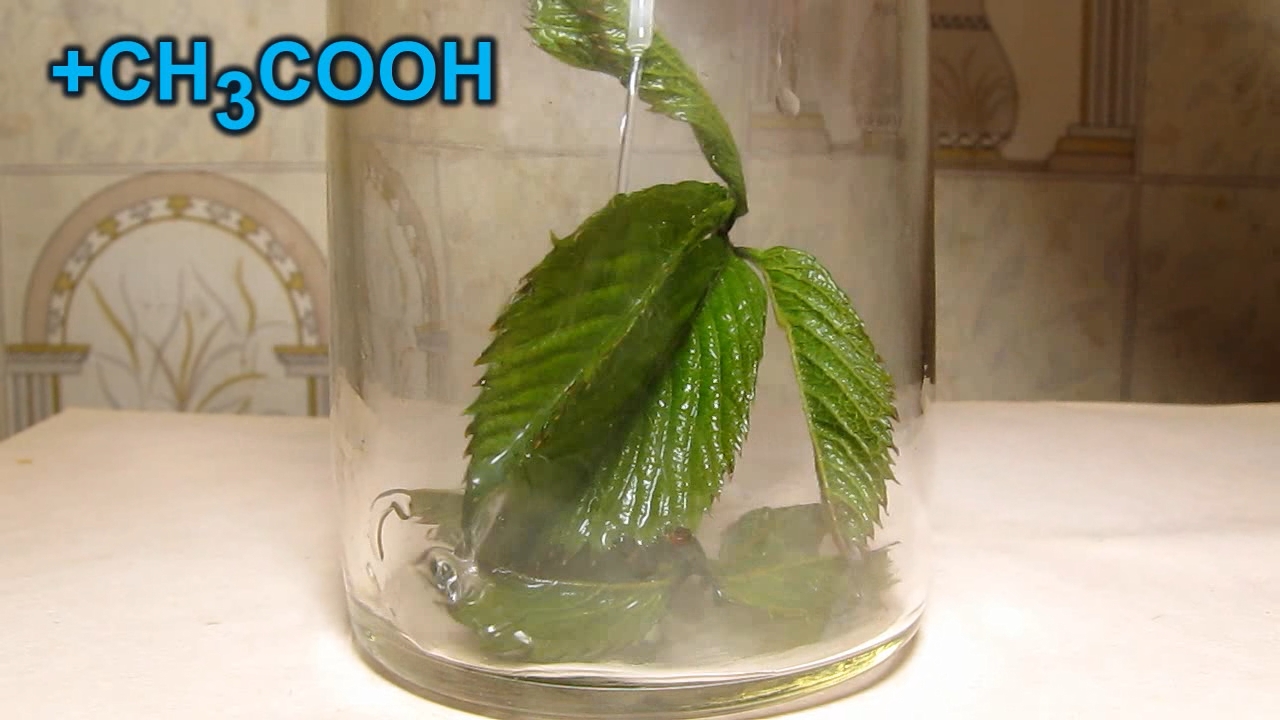
|
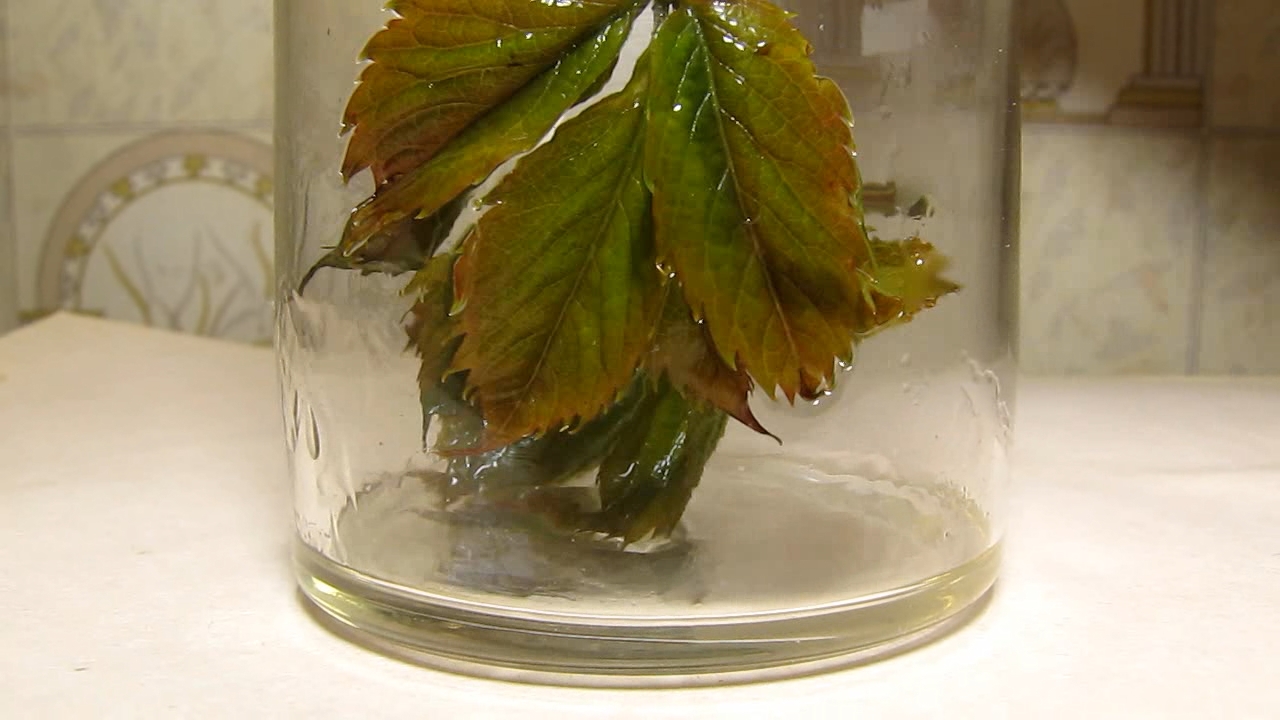
|
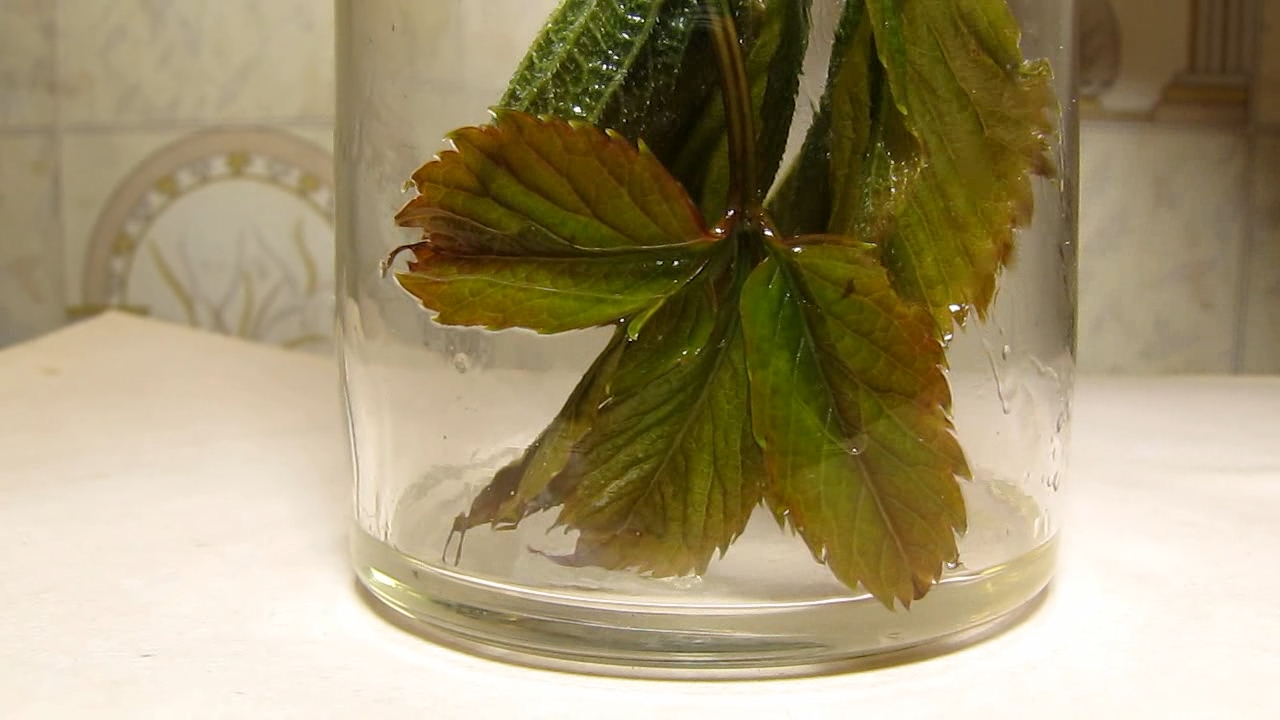
|

|
|
After a couple of weeks, most of the leaves of Parthenocissus quinquefolia had turned green, and the plant was about to flower but leaves with a predominant brown tint could still be found.
|
|
Через пару недель большая часть листьев Parthenocissus quinquefolia стала зеленой, растение скоро должно было зацвести, но листья с преобладающим коричневым оттенком все еще можно было найти.
|
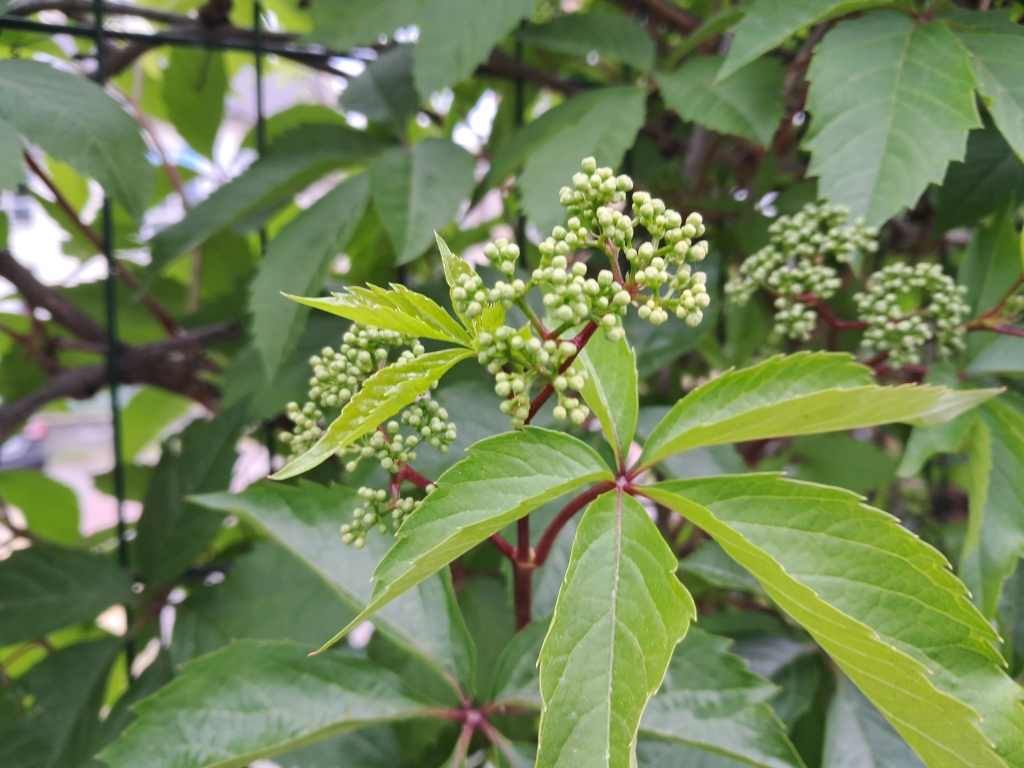
|
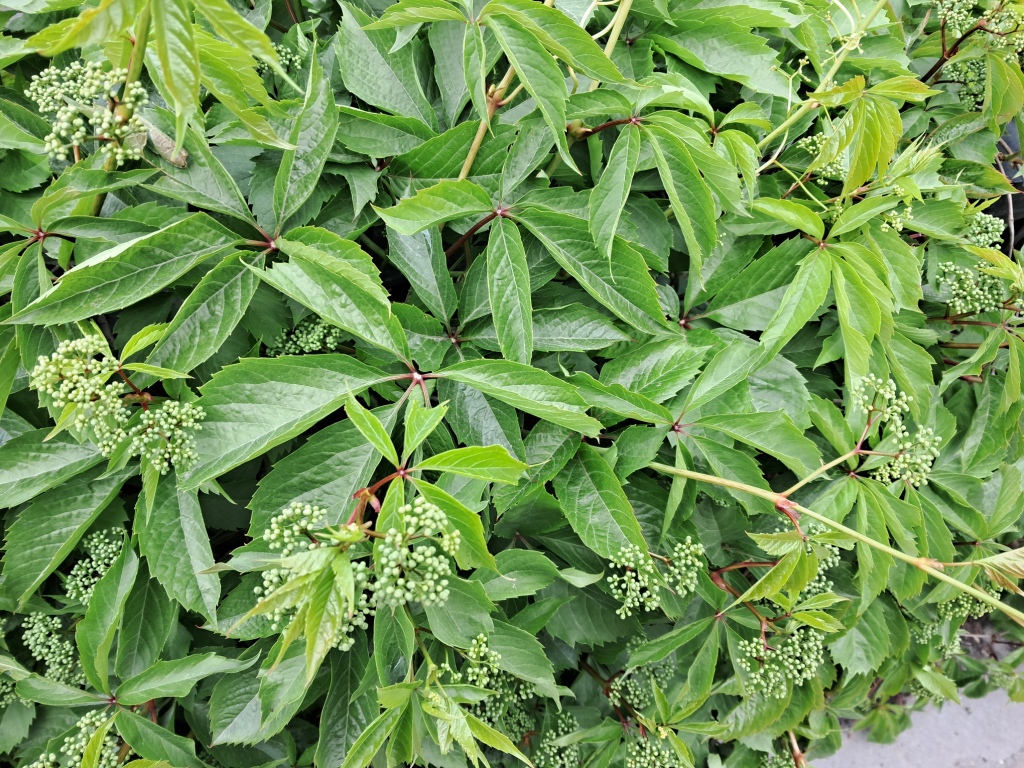
|

|
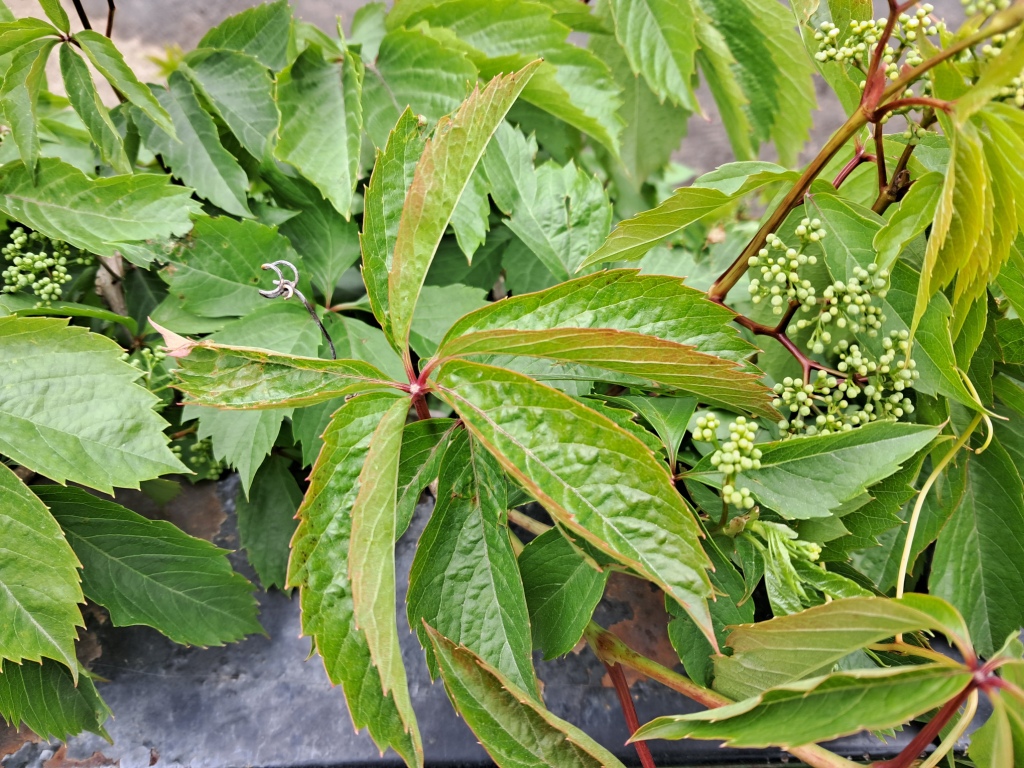
|
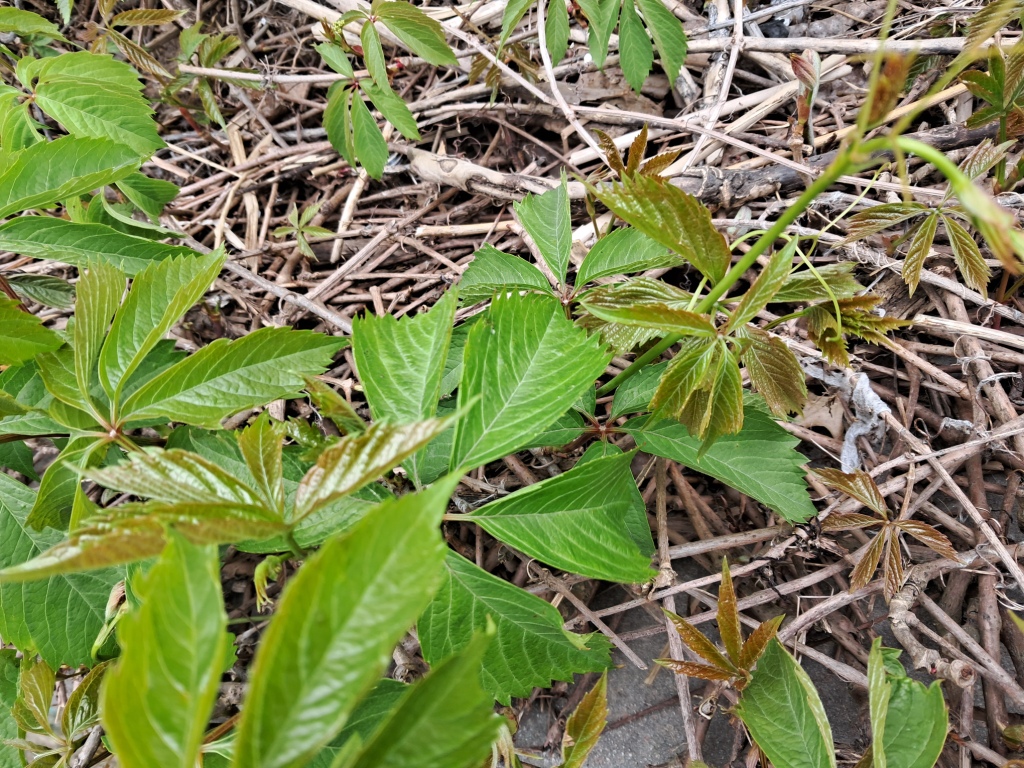
|
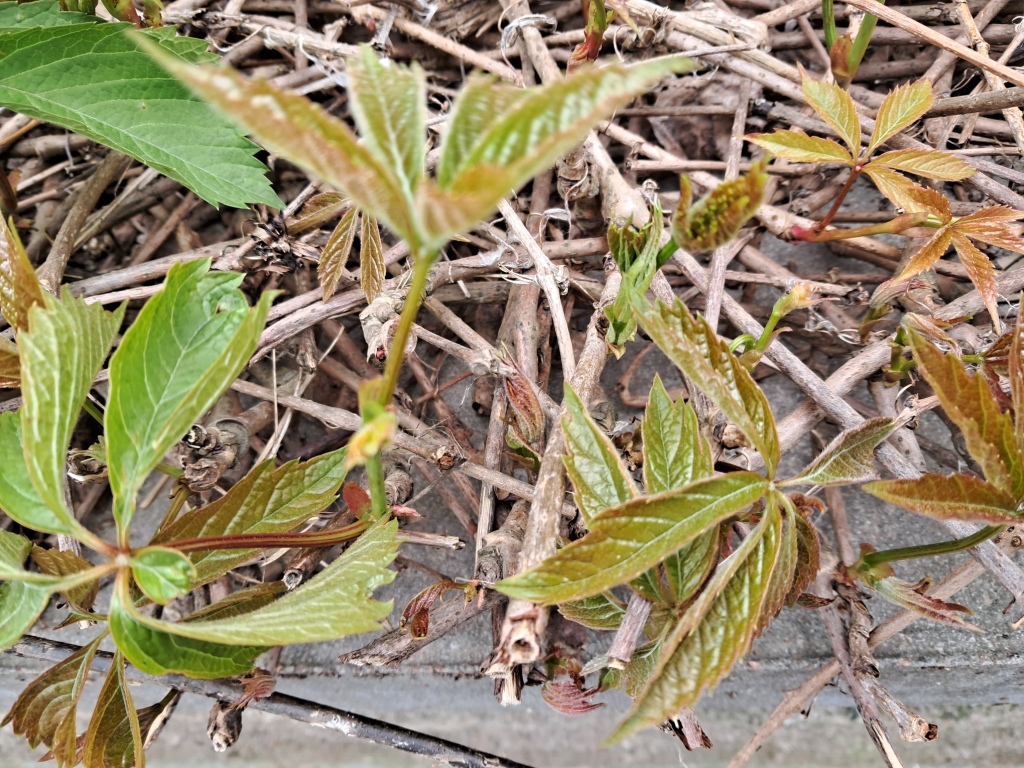
|